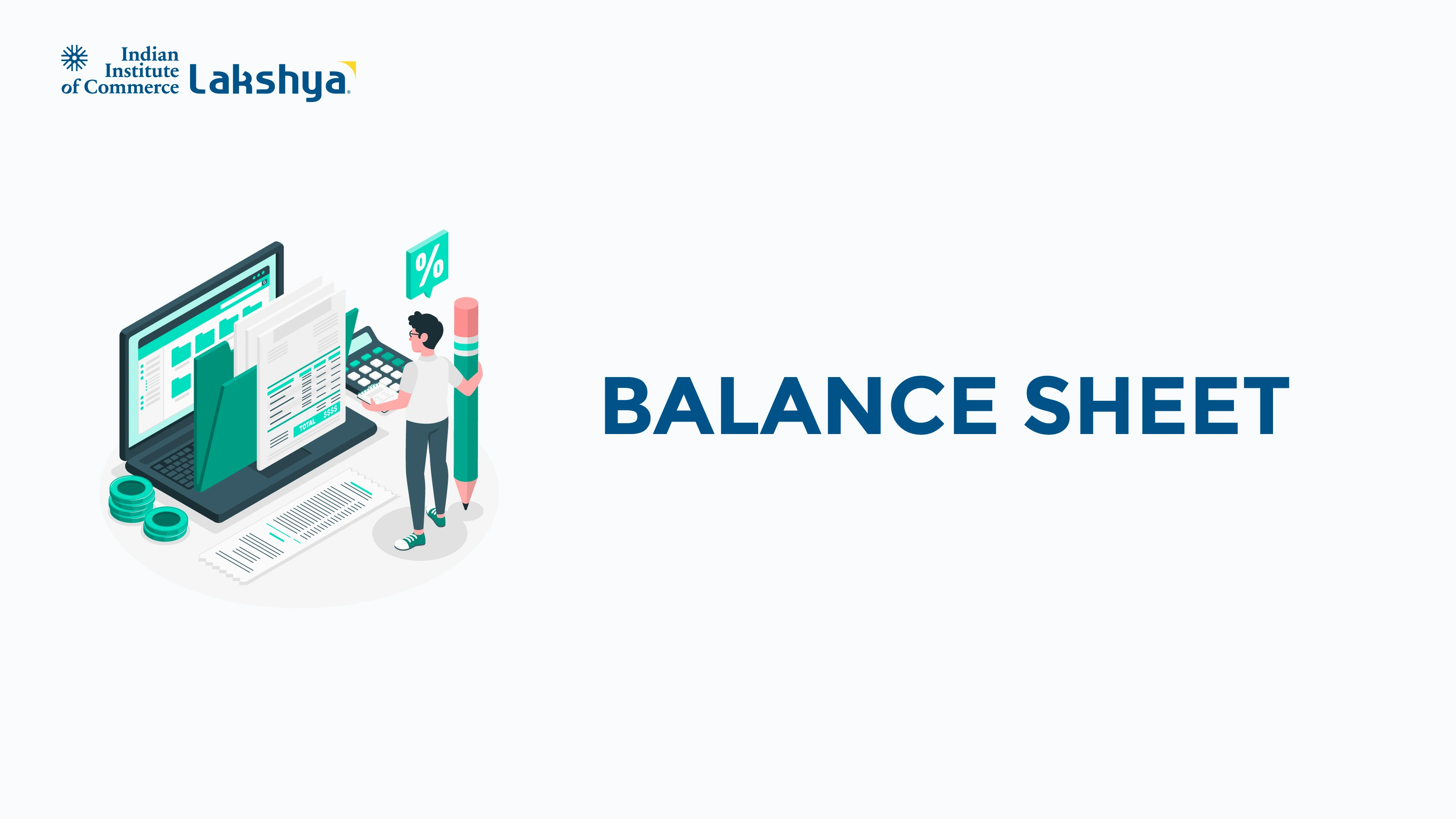What is the difference between Provision and Reserve?
Last Updated On -03 Jun 2025
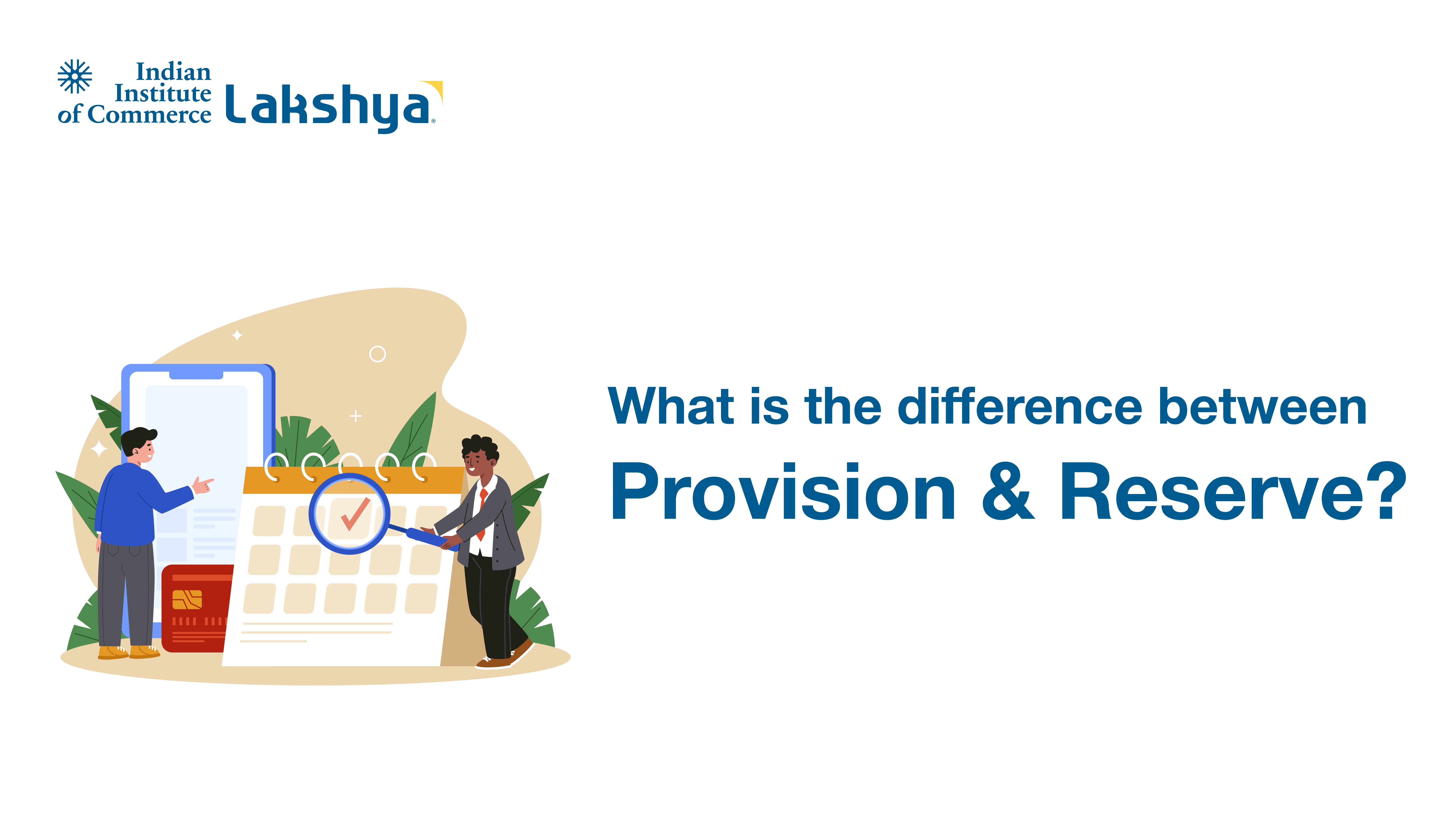
Two concepts used in the fields of accounting and finance may perplex students and even professionals: Provision and Reserve. Although their goals, accounting treatment, and legal requirements are very different, both are related to earmarking earnings and getting ready for future responsibilities.
Any student of business has to be aware of the differences between these words. Especially in companies where openness and responsibility are fundamental, misreading them could result in improper financial statement production and non-compliance with accounting rules.
Along with a real-world case to help the idea come to life, let's examine closely the meaning, goal, treatment, and distinctions between provision and reserve.
What is a Provision?
A provision is an undetermined quantity or timing set aside from a company's earnings to cover a known liability or expected loss. It is developed in line with the prudent idea, which holds that even if they have not yet been incurred, obligations and expenses should be recorded as soon as they are anticipated. It is based on the principle of conservation, where the accountants expect the future losses and record it in advance.
Key Features of Provisions
- Designed for a designated liability or loss.
- Considered as a charge against profit, it reduces the net profit.
- Provision is recorded as an expense in the profit and loss account.
- Among the examples are provisions for taxes, depreciation, and bad debts.
For example, if a company expects that 5% of its credit customers might default on payments, it will create a provision for doubtful debts even if none have defaulted yet.
Provisions essentially aid to offer an accurate and fair picture of the company's financial situation and help to guard it from overstating profits.
What is a Reserve?
A reserve is a part of profit taken either for future contingency or to improve the company's financial situation. Reserves are not designed to satisfy a specific liability unlike provisions. For the company, they provide a safety margin. Unlike provisions, reserves are not expenses but retained earnings.
Key Features of Reserves
- Made from profits (after tax and all expenses).
- It is meant for future uncertainties, expansion, or stability
- It does not reduce the net profit.
- Seen as an appropriation of profit rather than a tax.
- Not required, except legally mandated (like statutory reserves for banks).
- Among examples are general reserve, capital reserve, revenue reserve.
For example, a company sets aside ₹2 lakh from its annual profit as a general reserve from capital profits.
Reserves may be utilised for crises, payback, or expansion, therefore improving the solvency of a company.
Key Differences Between Provision and Reserve
Anyone who handles financial statements must first understand the distinctions between provision and reserve. Although both include the distribution of earnings, they have somewhat different uses; one is about caution and the other about power. The difference between provision and reserve helps stakeholders assess a company’s risk management strategy and profit quality. Investors can see how much profit is set aside for real liabilities versus how much is strategically reserved for future use. It also ensures compliance with accounting standards like IFRS and AS.
The key difference between provision and reserve is tabulated below:
|
Provision |
Reserve |
|
To meet a specific liability or loss |
To strengthen financial position or future use |
|
Charge against profit |
Appropriation of profit |
|
It is compulsory for known liabilities |
No its not compulsory |
|
It is deducted before arriving at net profit |
Created after calculating net profit |
|
Reduces the profit |
No direct impact on operational profit |
|
Cannot be used for dividend distribution |
Can be used for dividend or expansion |
For example, ABC Ltd. chooses to save ₹1,00,000 away for future business uncertainty even if it expects a bad debt of ₹50,000. Since it deals with a specific predicted loss, the ₹50,000 set aside for anticipated bad debt is a provision. Often referred to as a general reserve, the ₹1,00,000 provided for no specific use but to reinforce the company is a reserve.
In financial statements:
- Subtract from debtors under current assets and bad debts.
- The general reserve will show up in the equity part of the balance sheet under the category "Reserves and Surplus".
|
Did you know? One of the foundations of GAAP (Generally Accepted Accounting Principles), the well-known "prudence concept" of accounting brought provision into legal relevance. It guarantees that businesses always consider possible losses, regardless of their little nature and avoid inflating their profits. |
Learn More
Curious about what’s shaping commerce today? Find out in our Latest Commerce Articles!
Frequently Asked Questions (FAQs)
Could a corporation have reserves without turning a profit?
No; reserves are generated only from earnings. Absence of profits means impossibility of appropriation. Still, provisions might be developed in expectation of liabilities.
Are tax-deductible clauses present?
Indeed, some clauses—such as those pertaining to bad debts or warranty expenses—are tax-deductible provided they follow pertinent tax regulations. Conversely, reserves are not tax deducted.
Define a statutory reserve.
A statutory reserve is one a firm is legally obliged to establish. Under the Banking Regulation Act, for instance, Indian banks have to keep a statutory reserve. These reserves guarantee legal compliance and financial health.





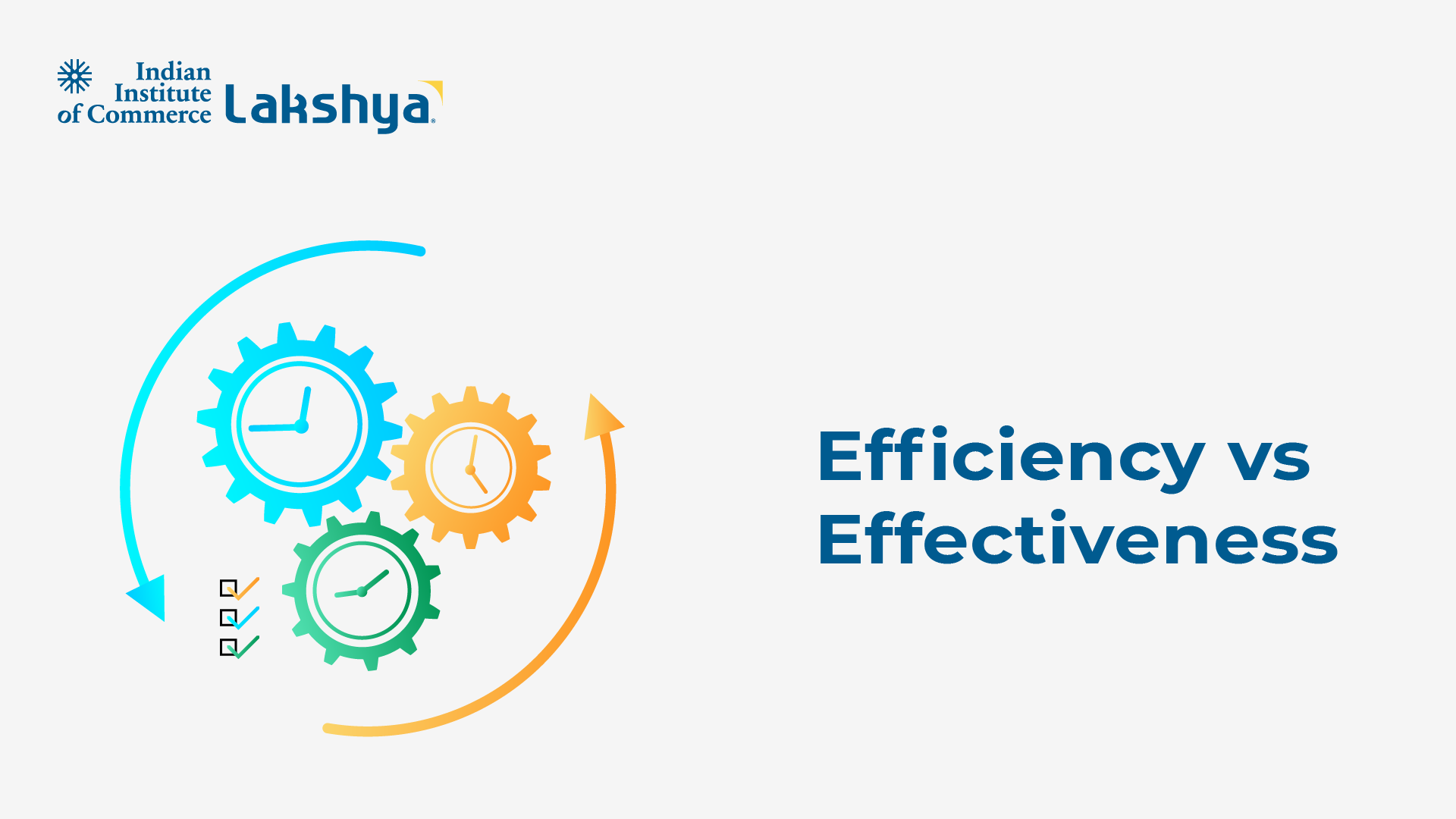










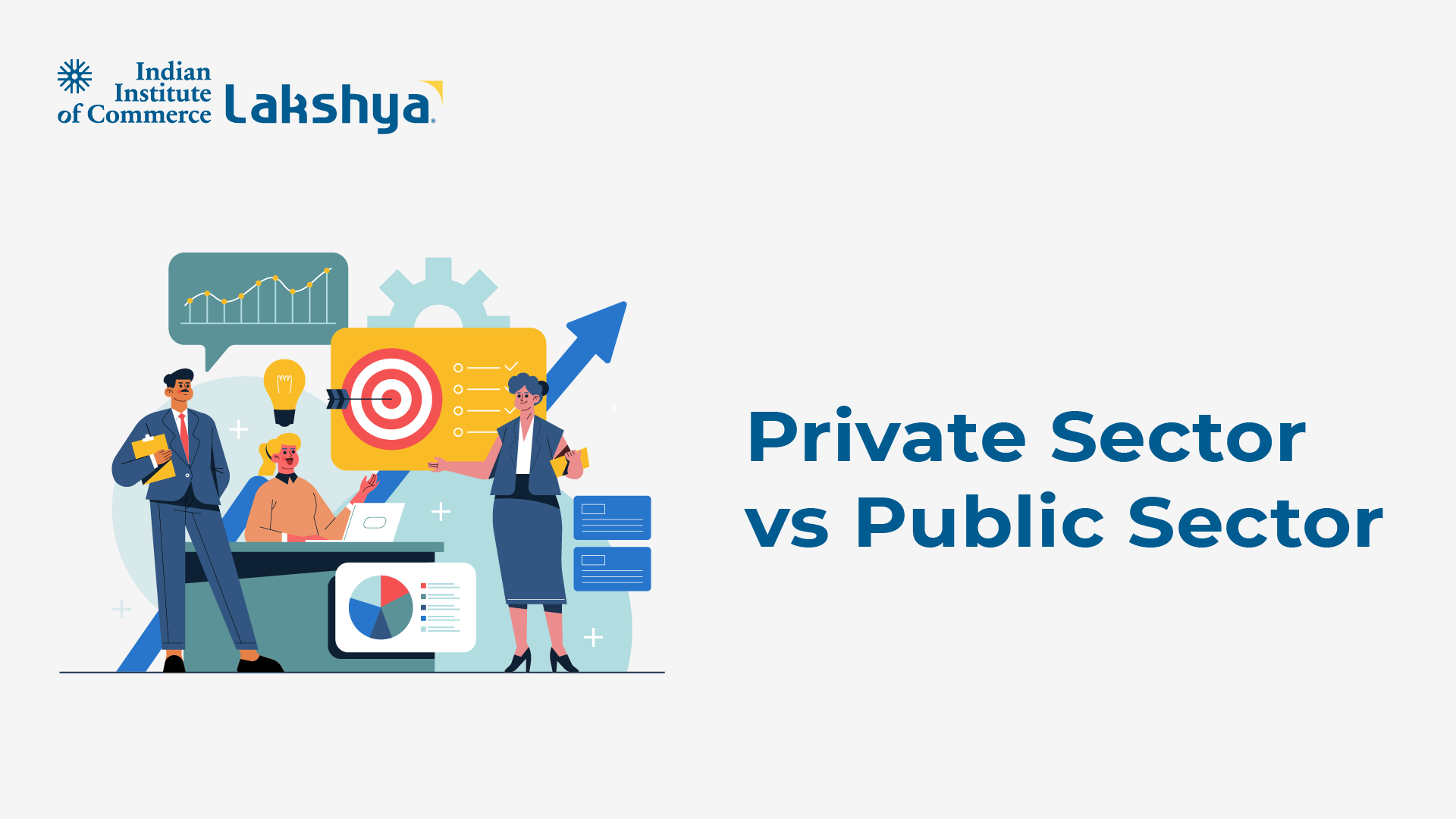



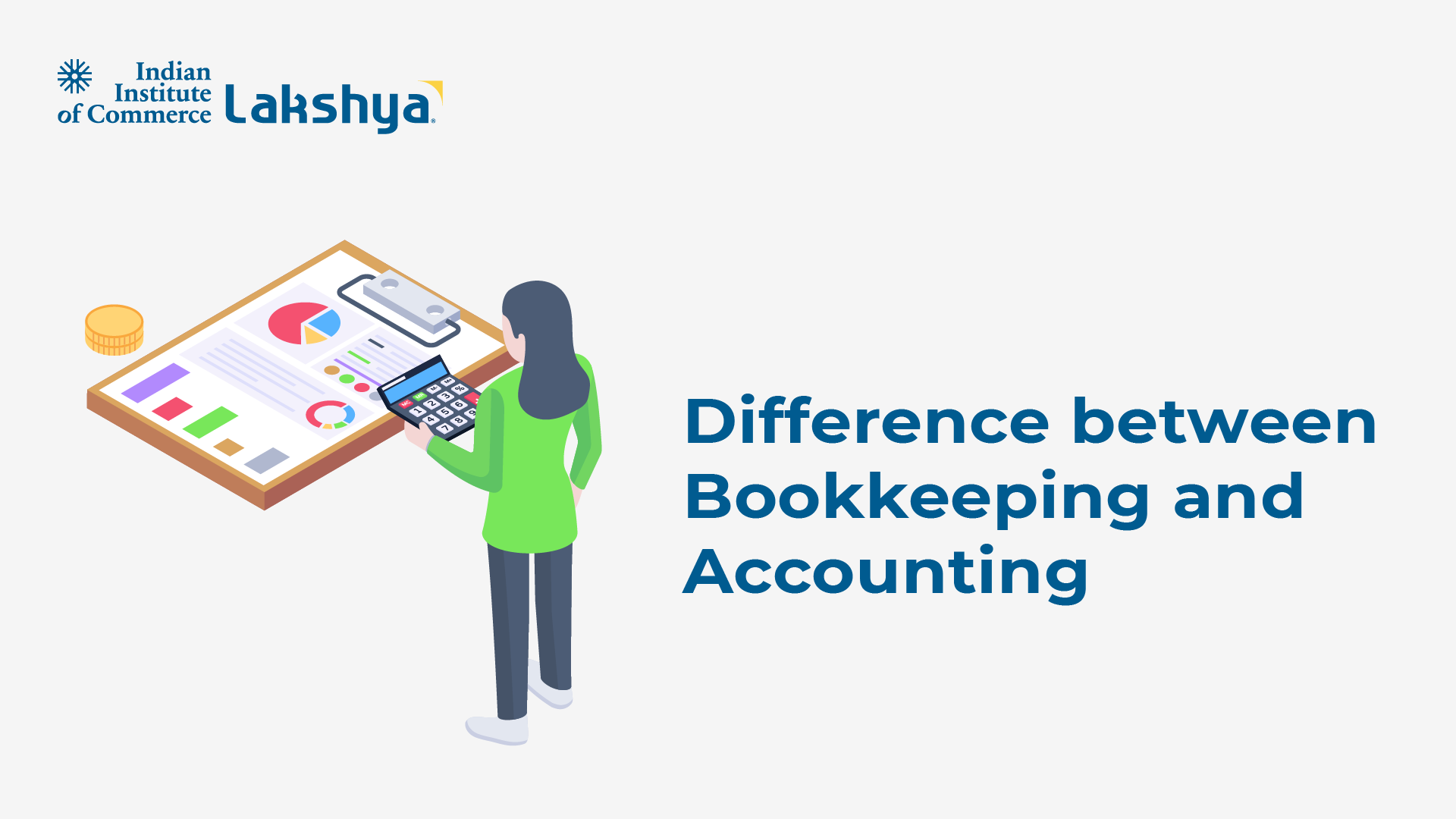






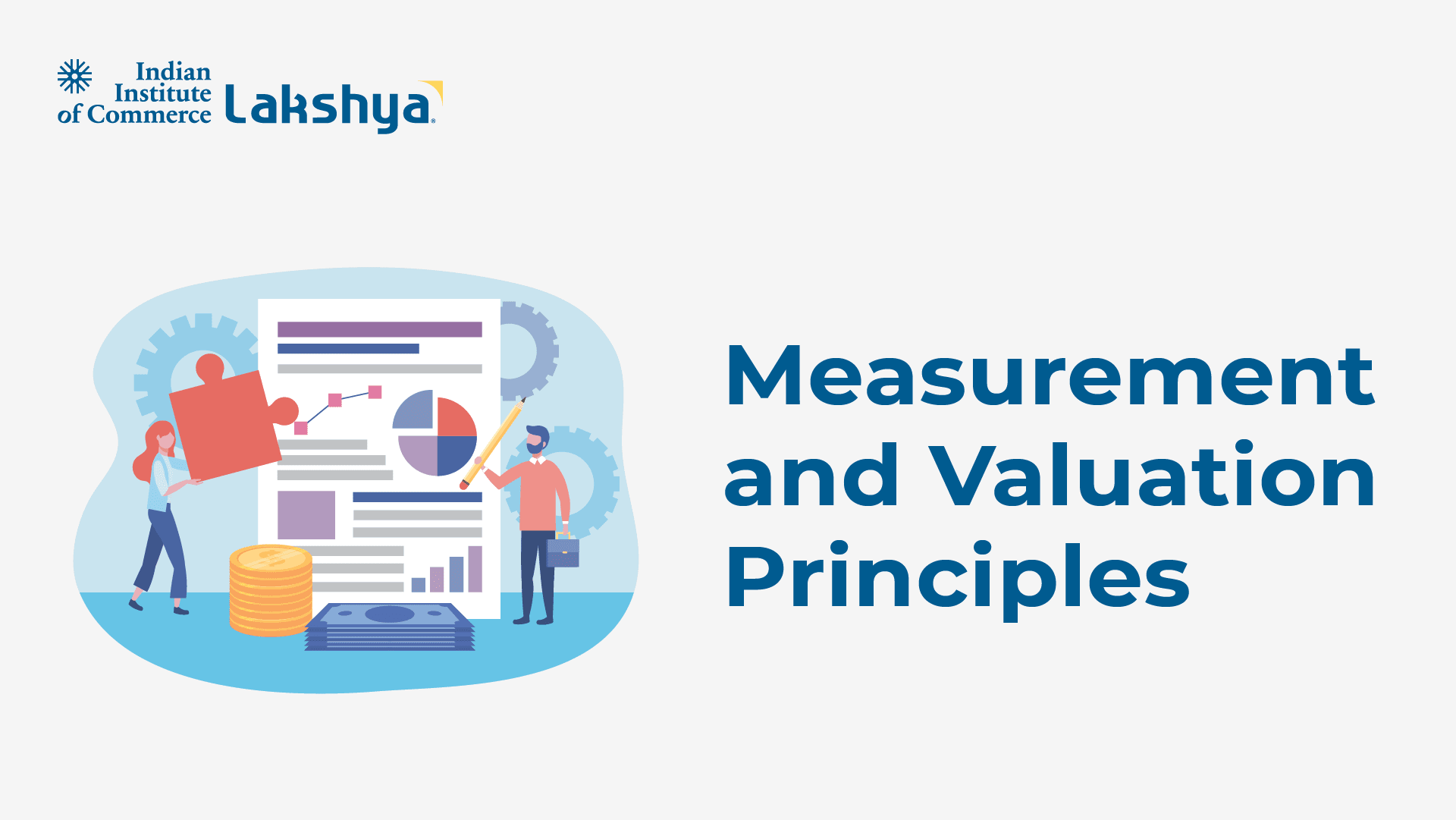

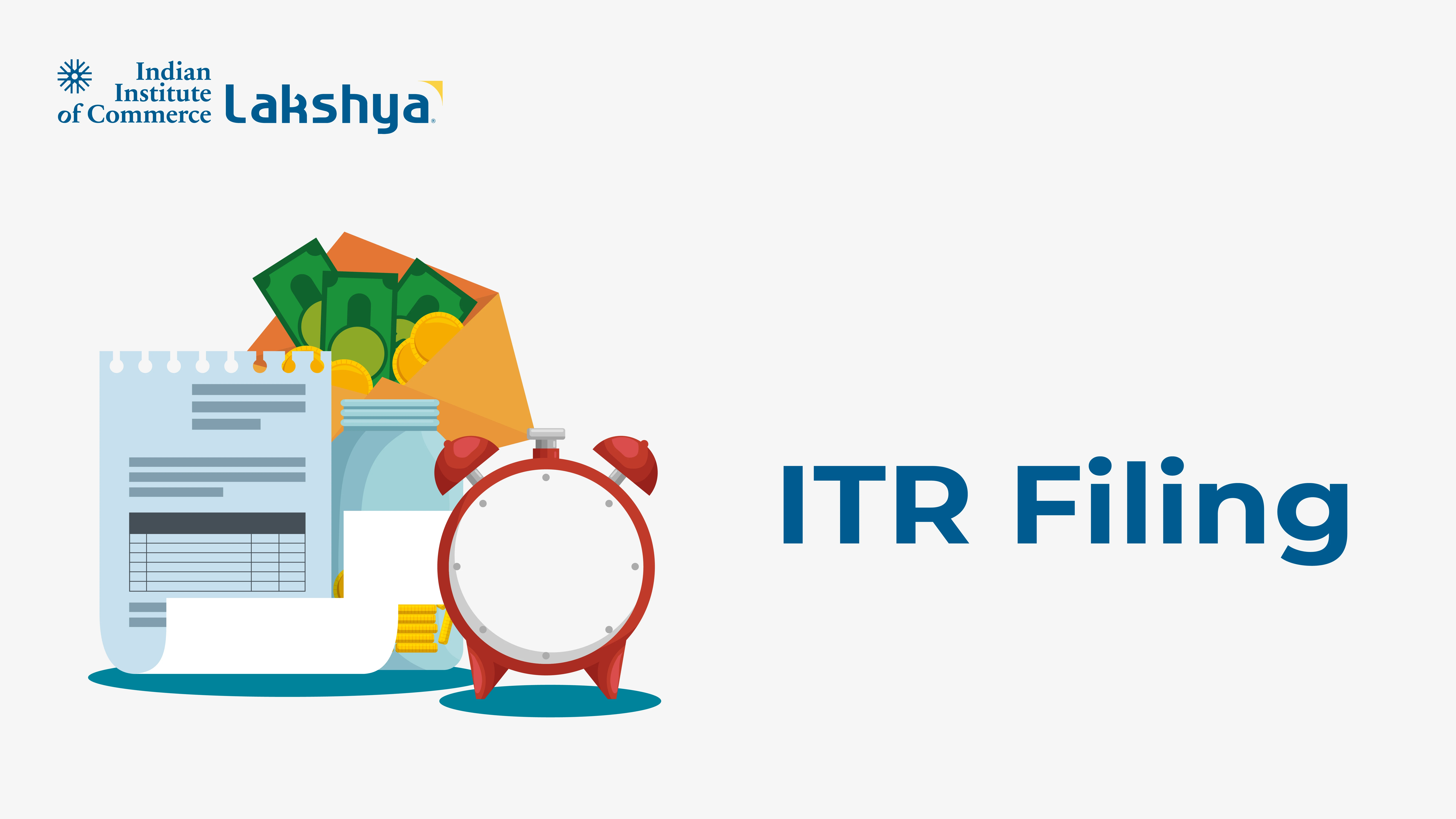



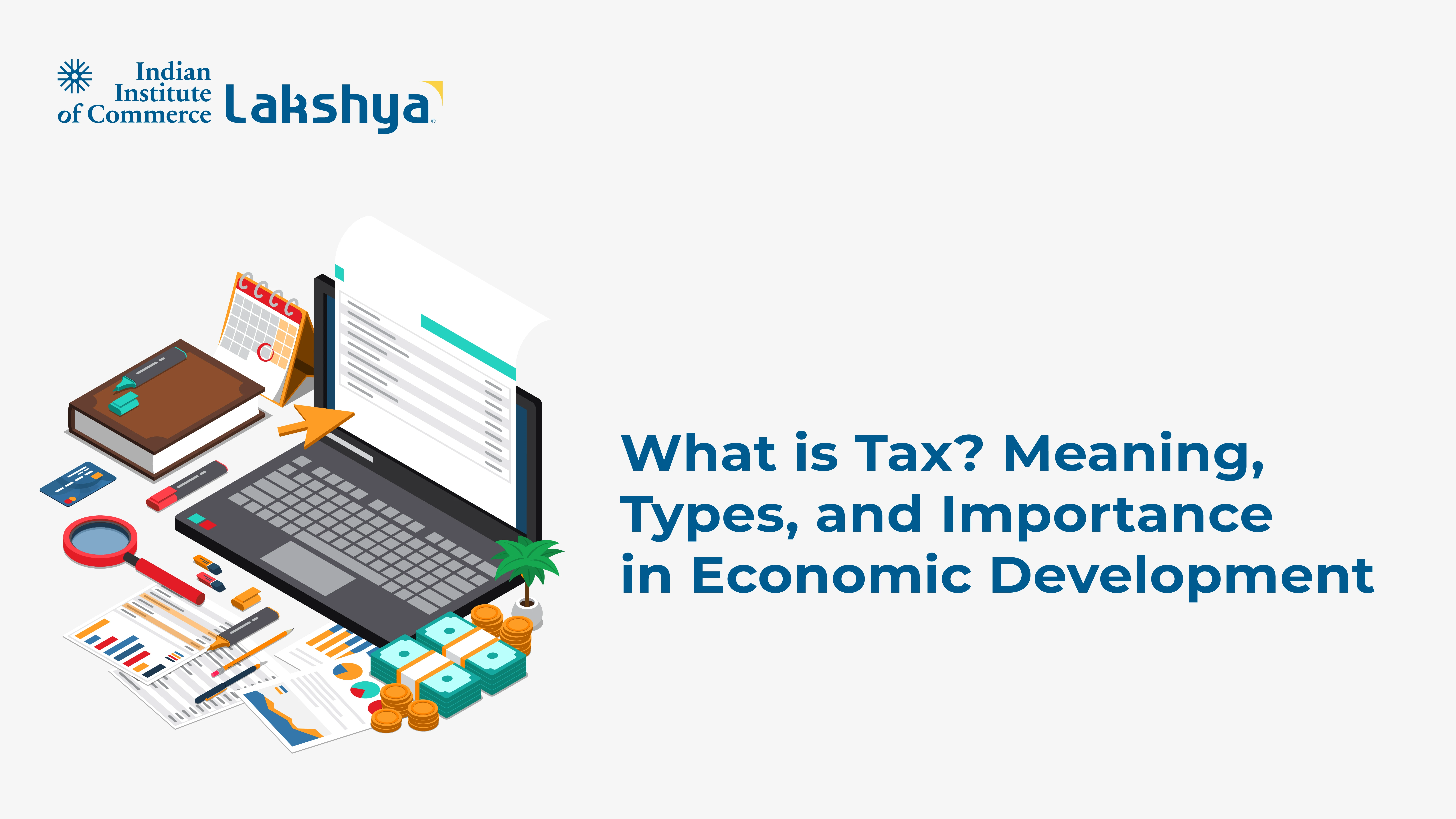

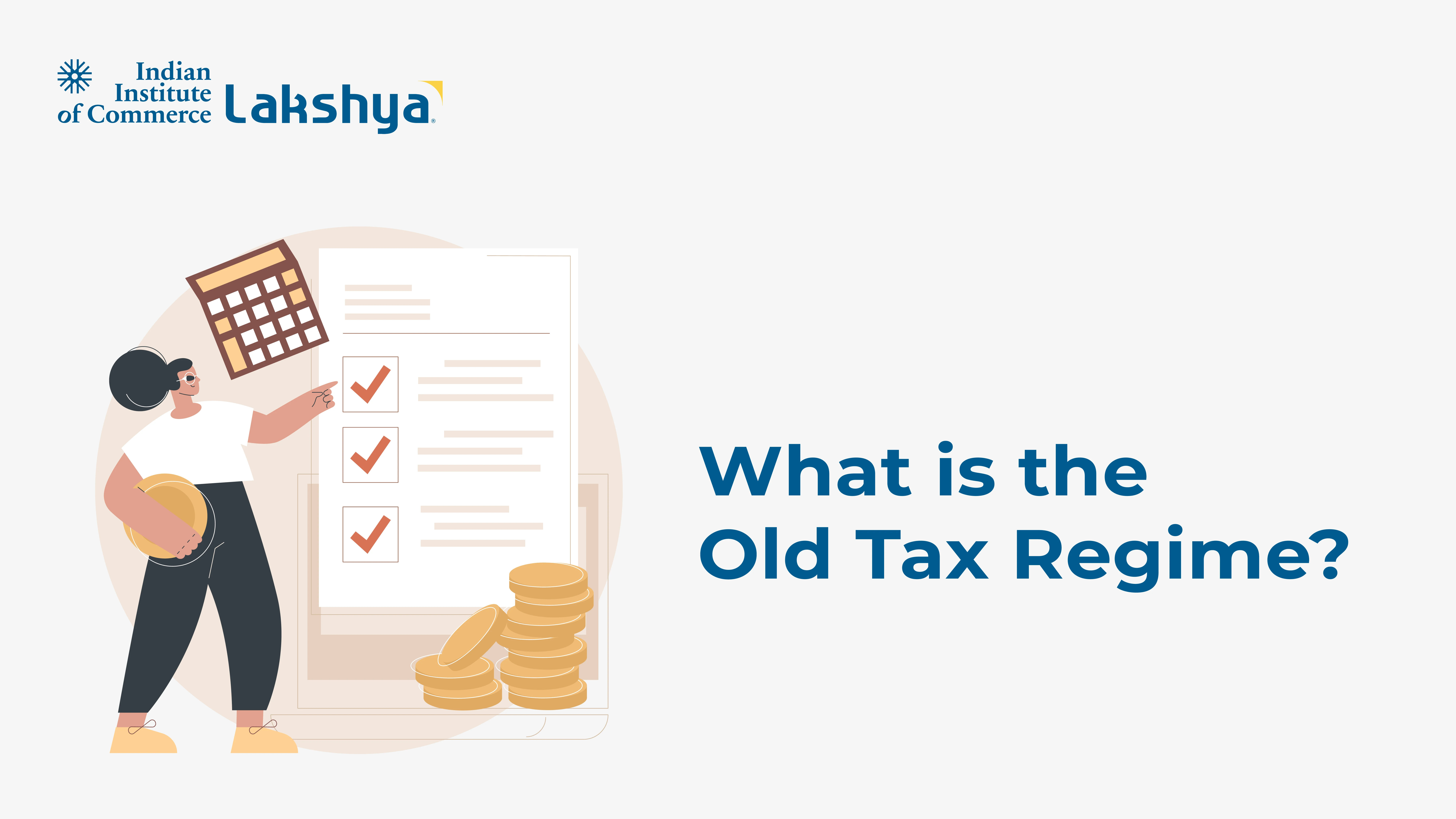



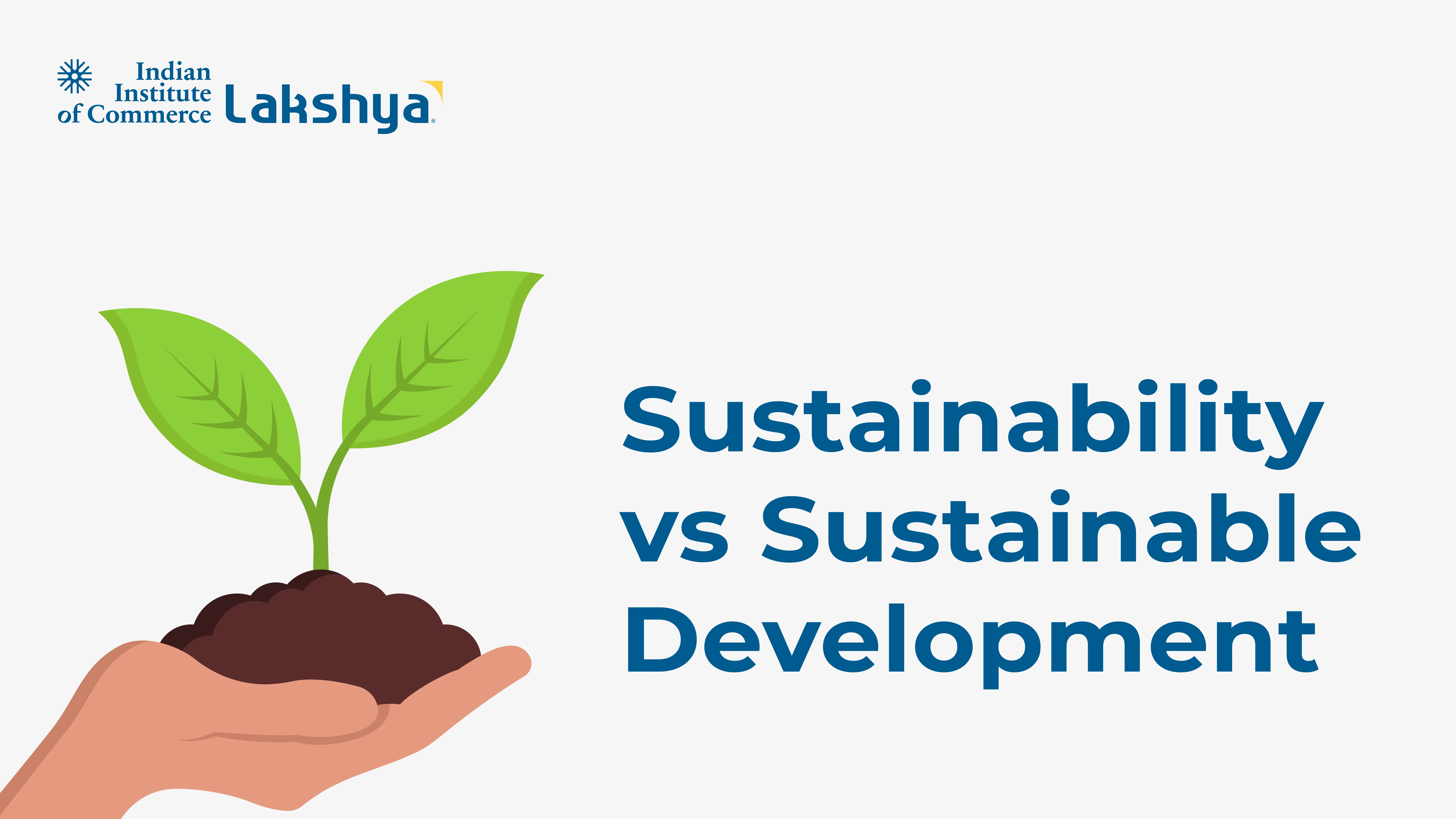











































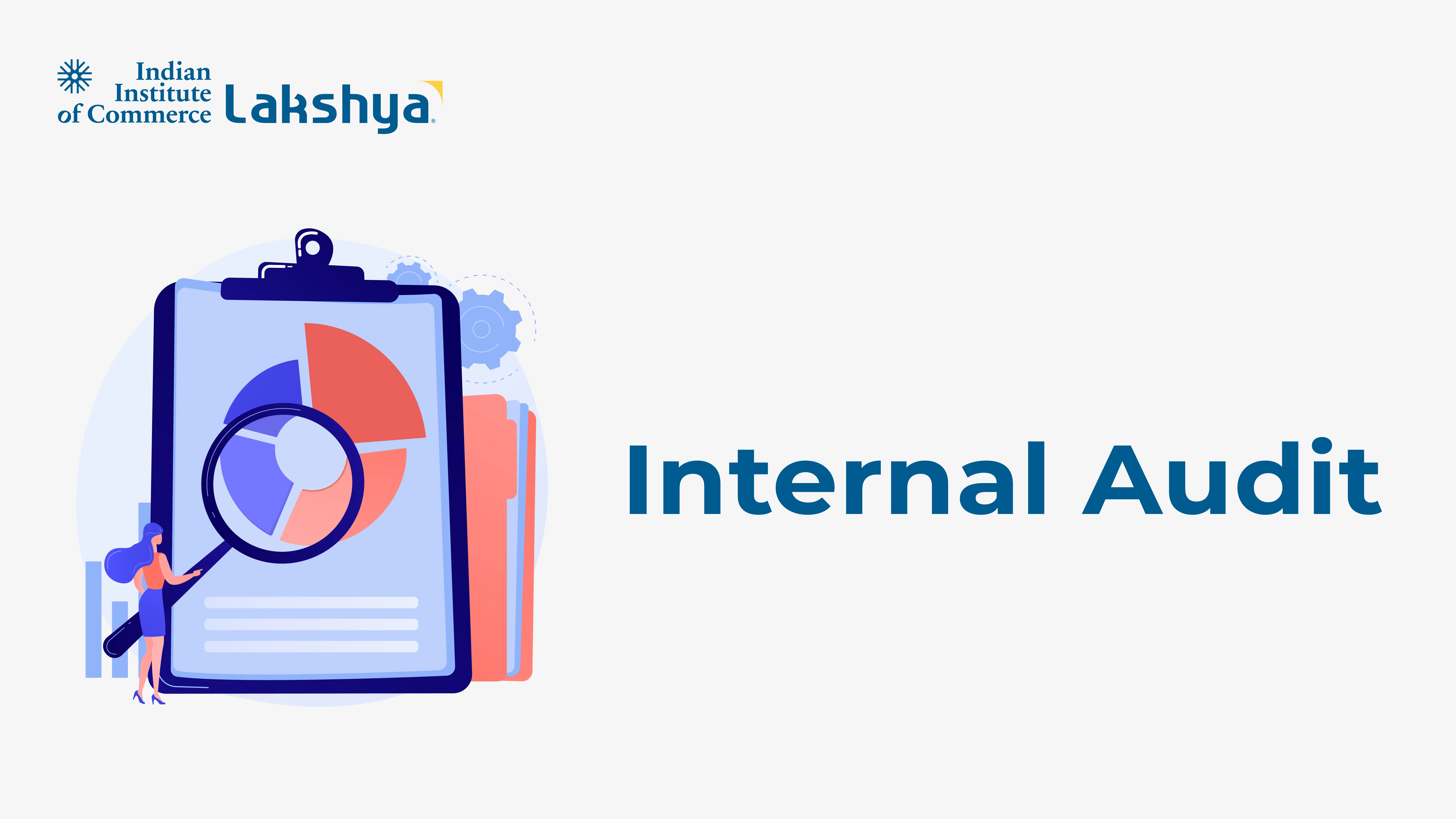










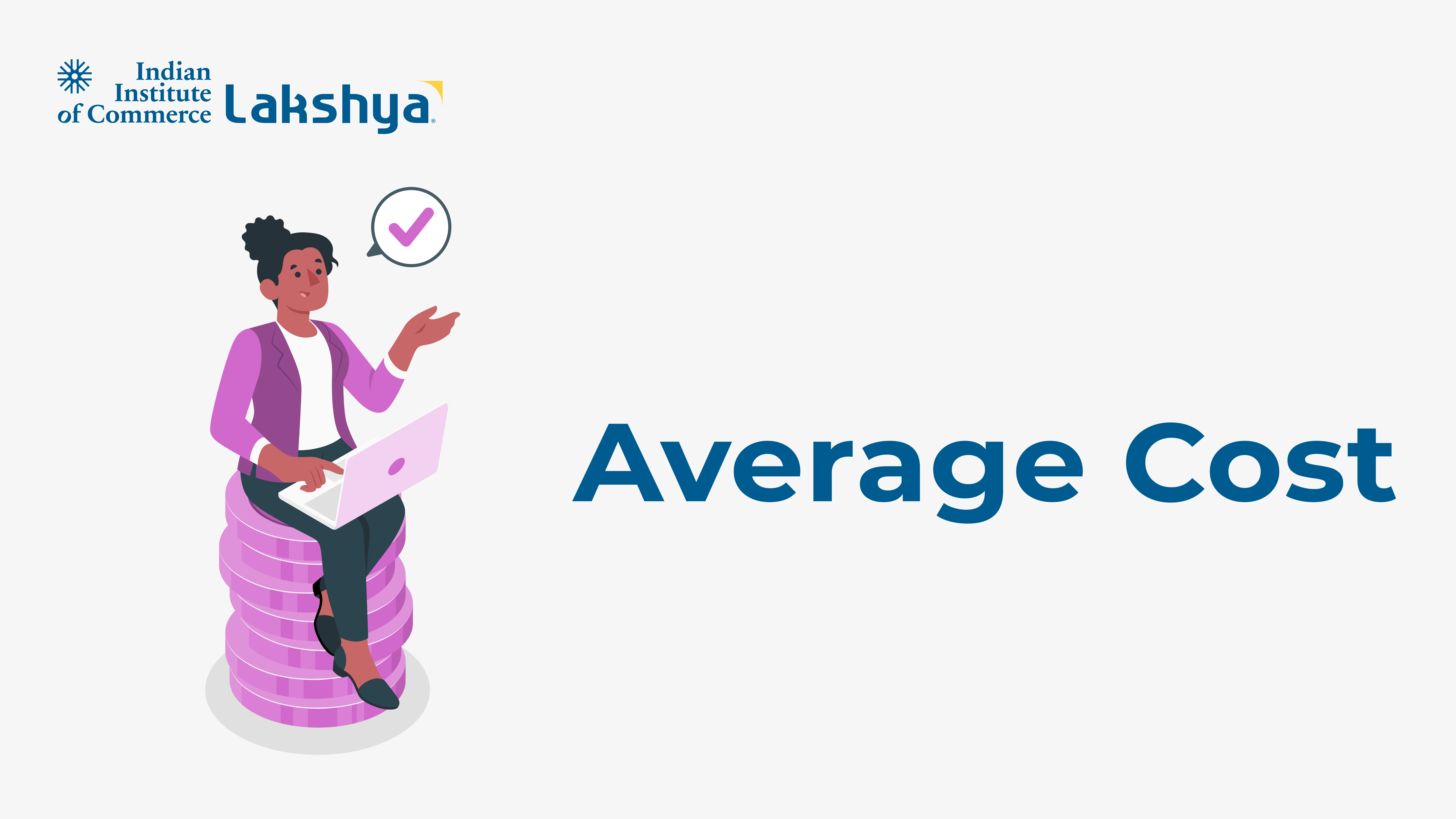










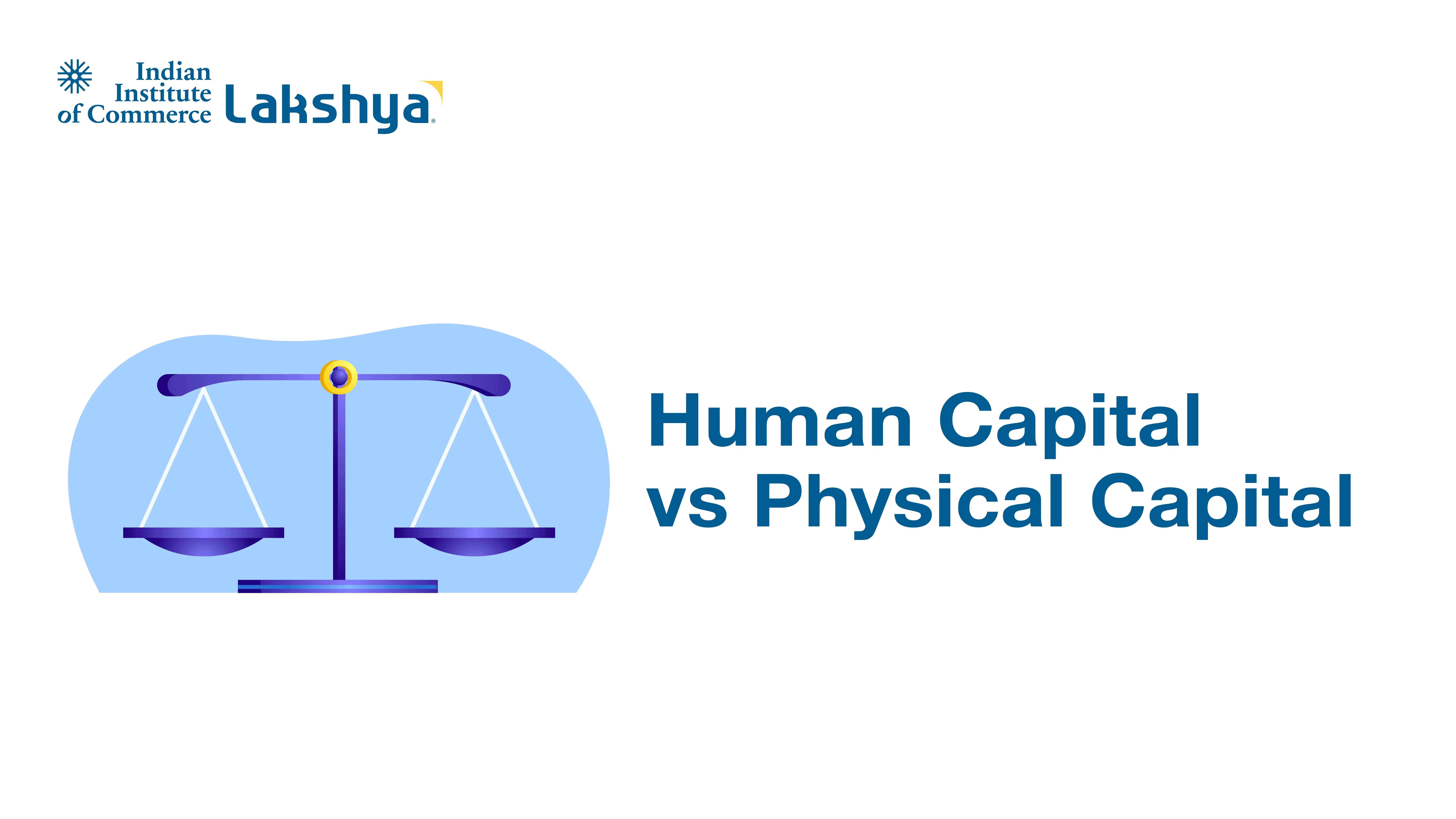
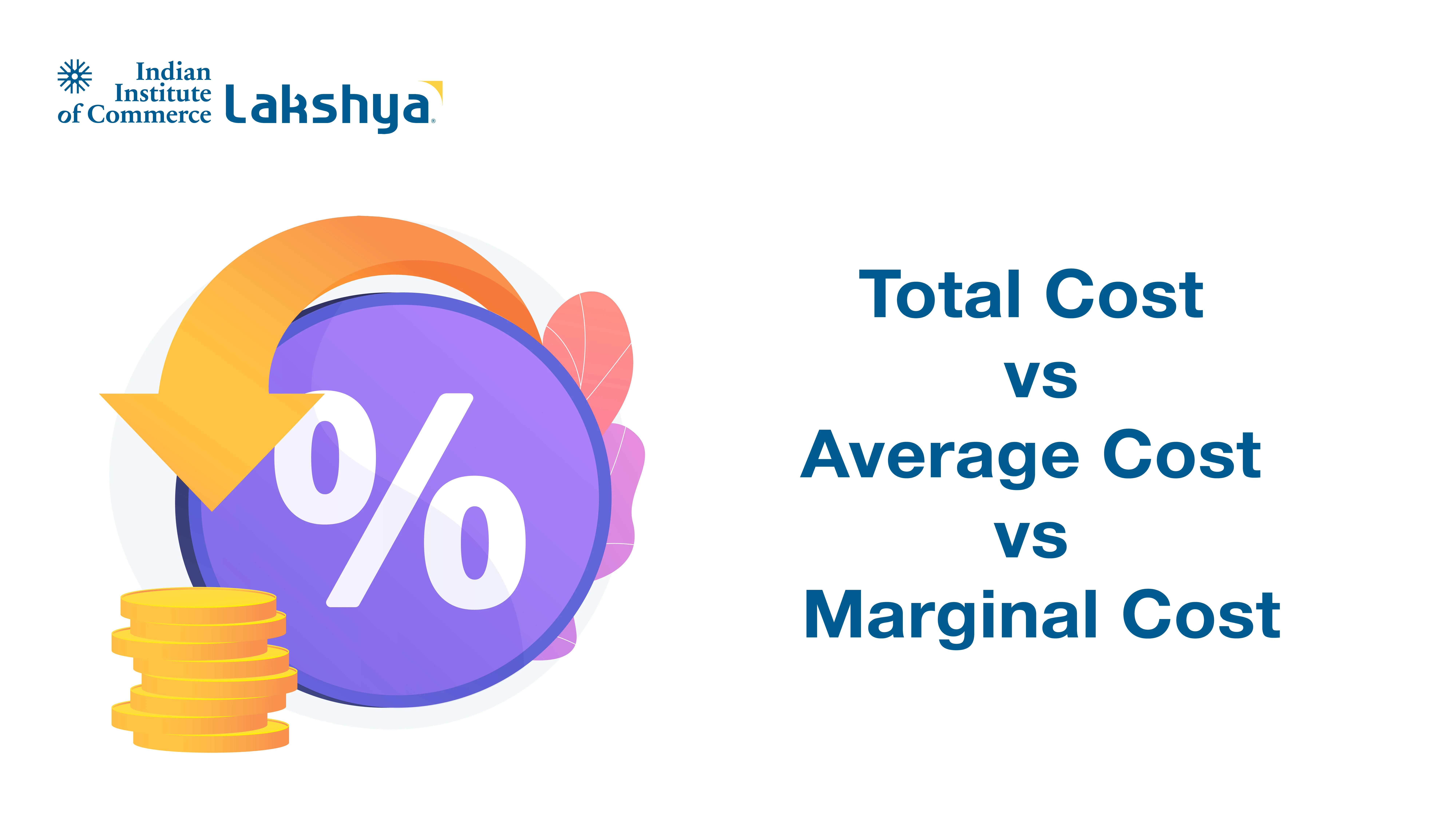







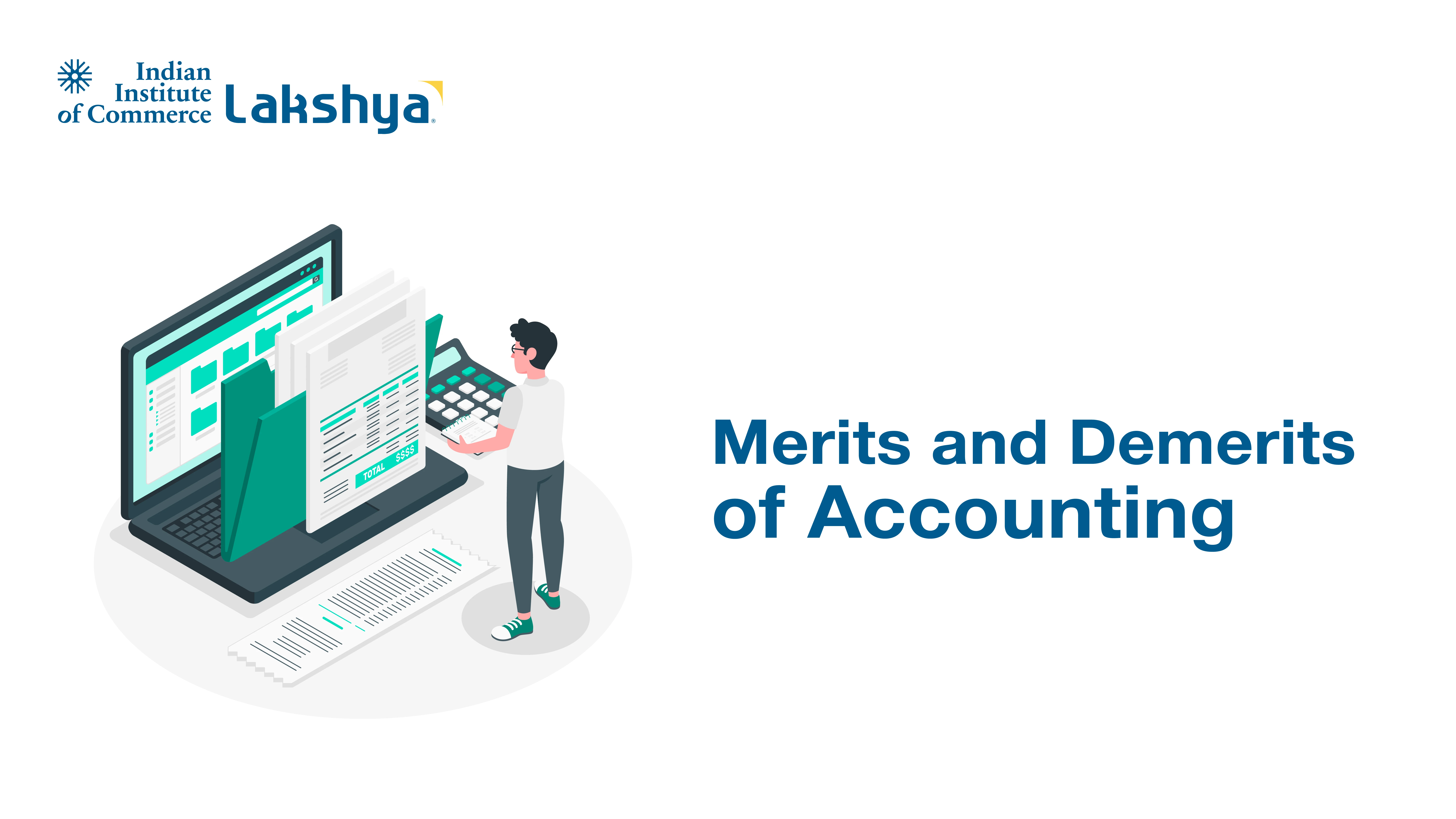















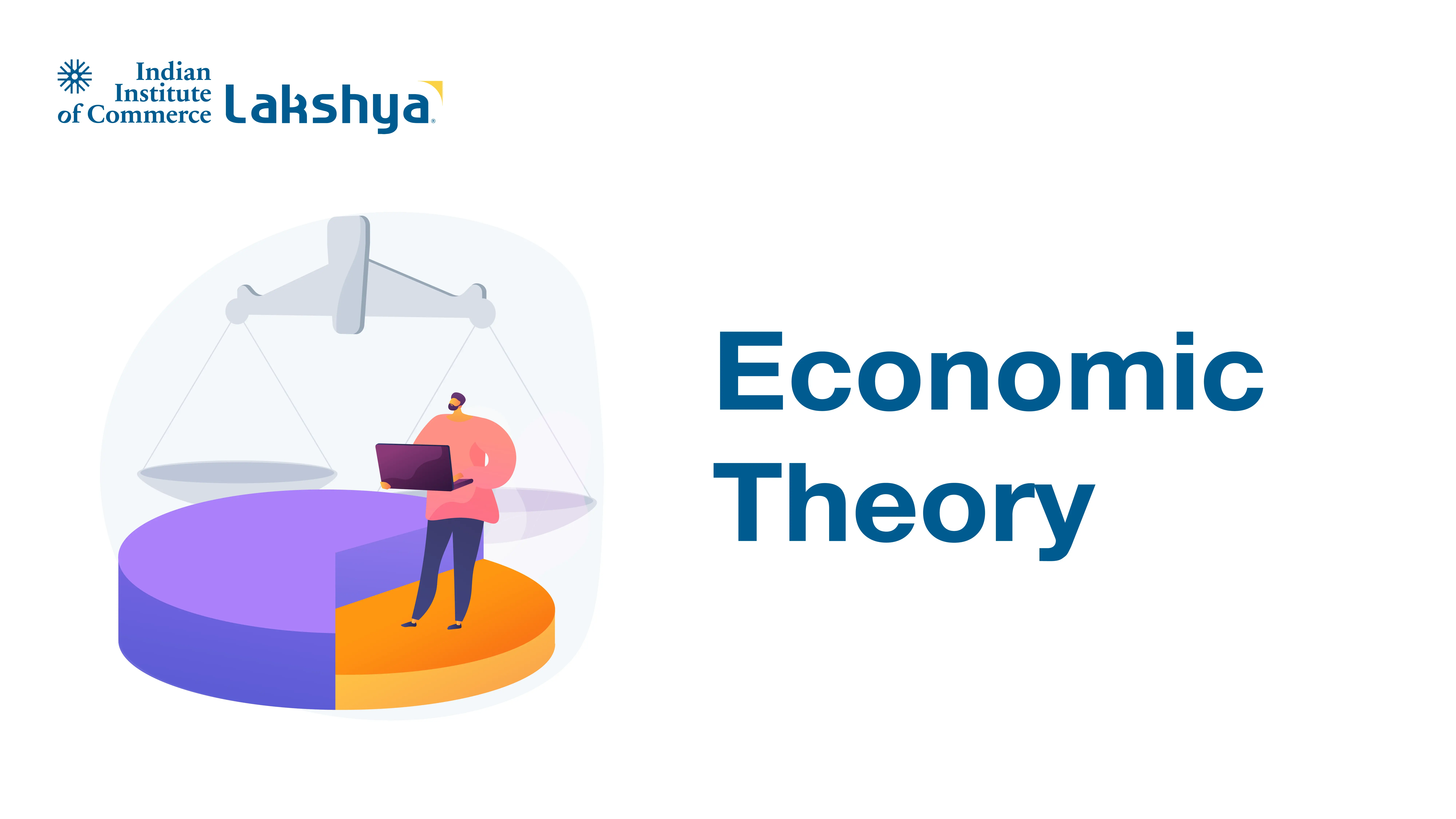




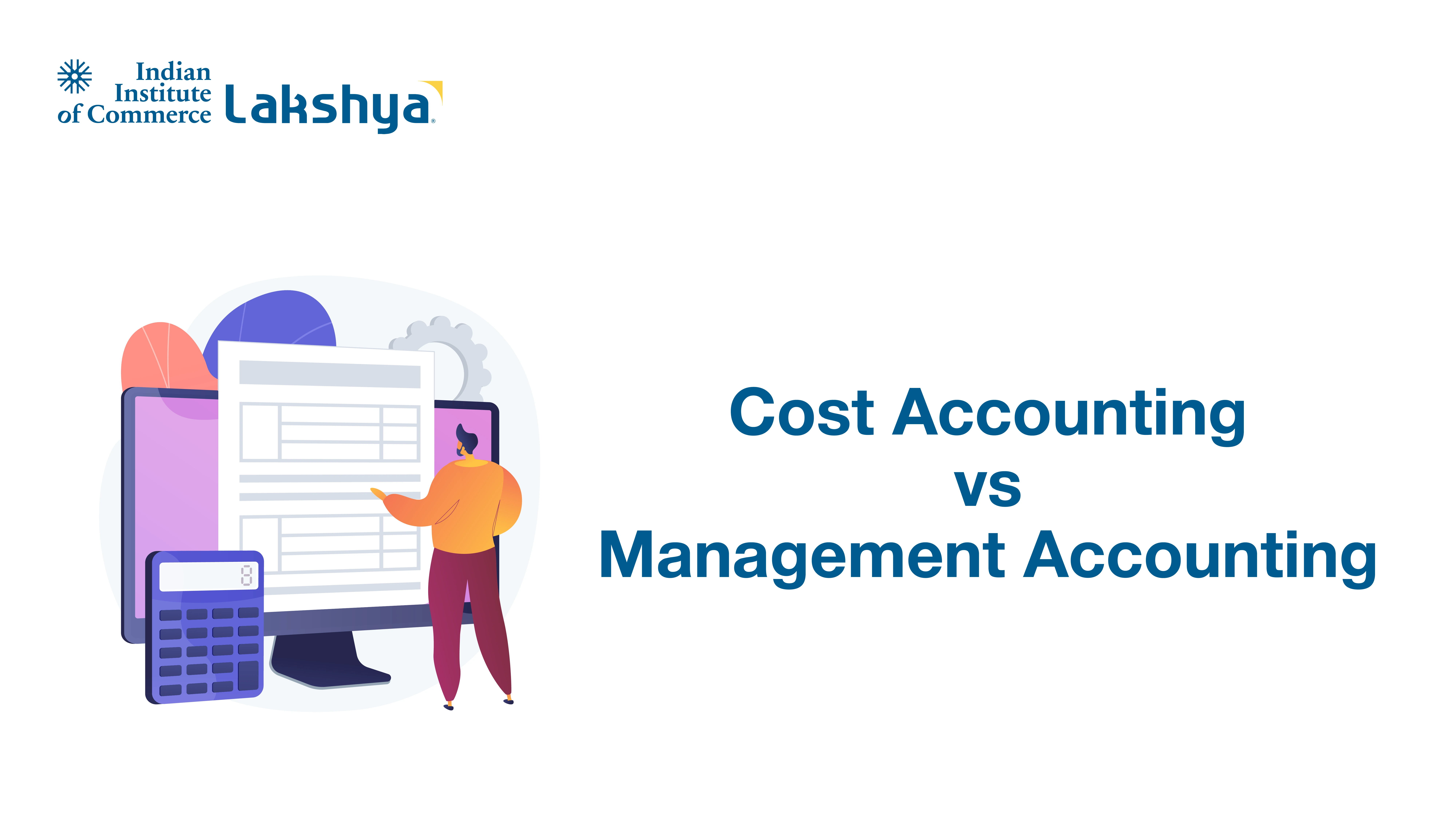

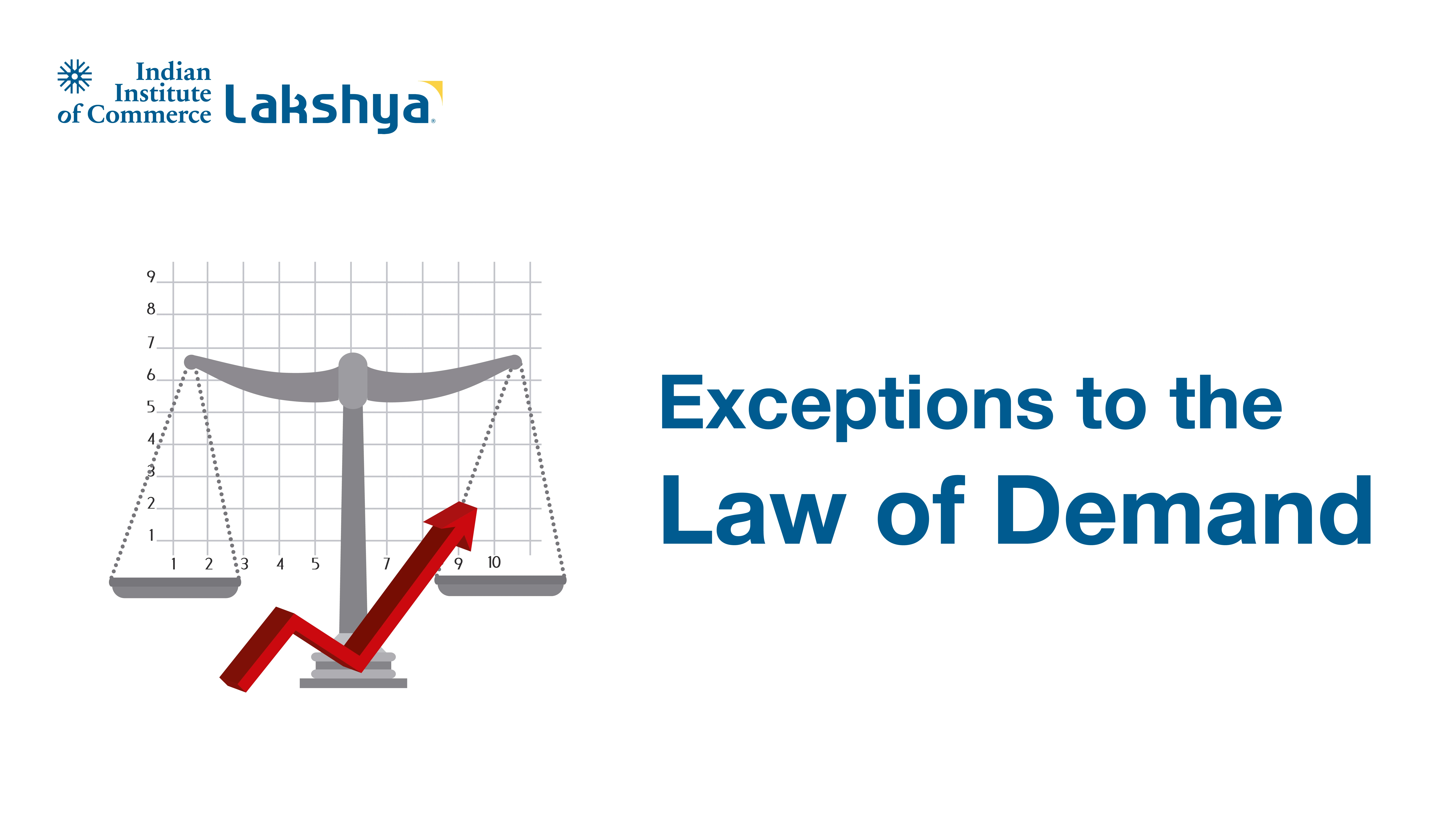

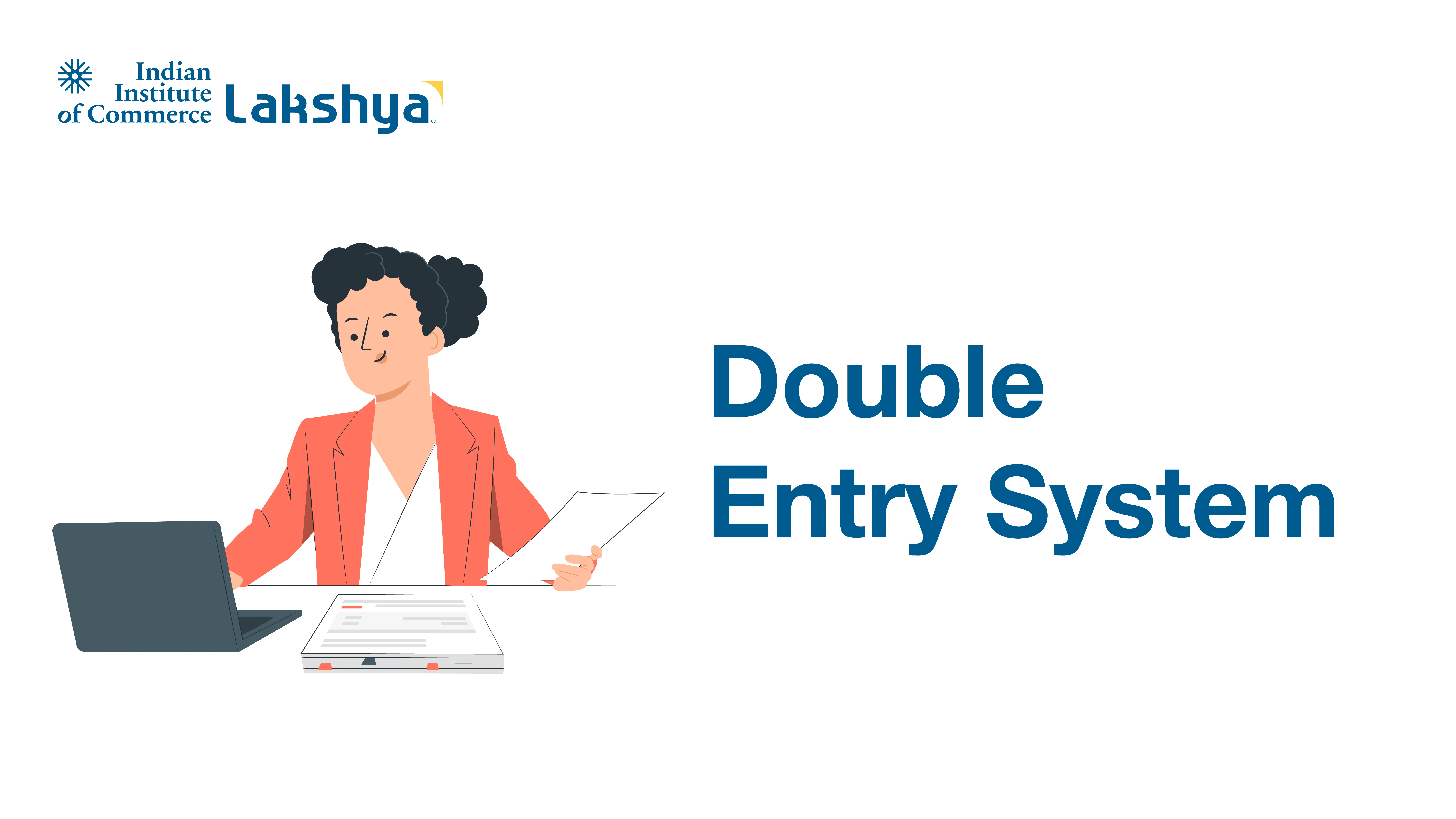


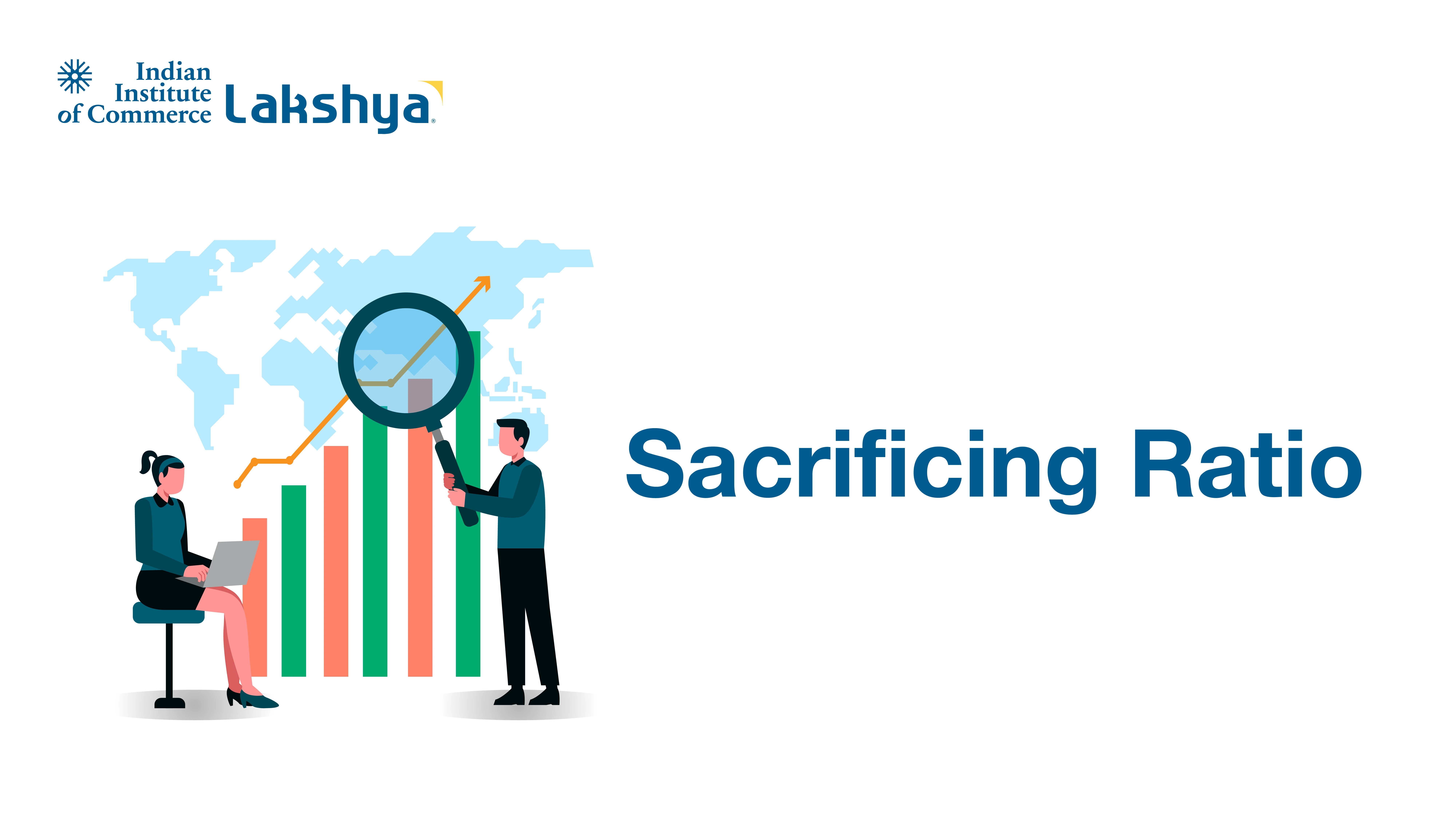



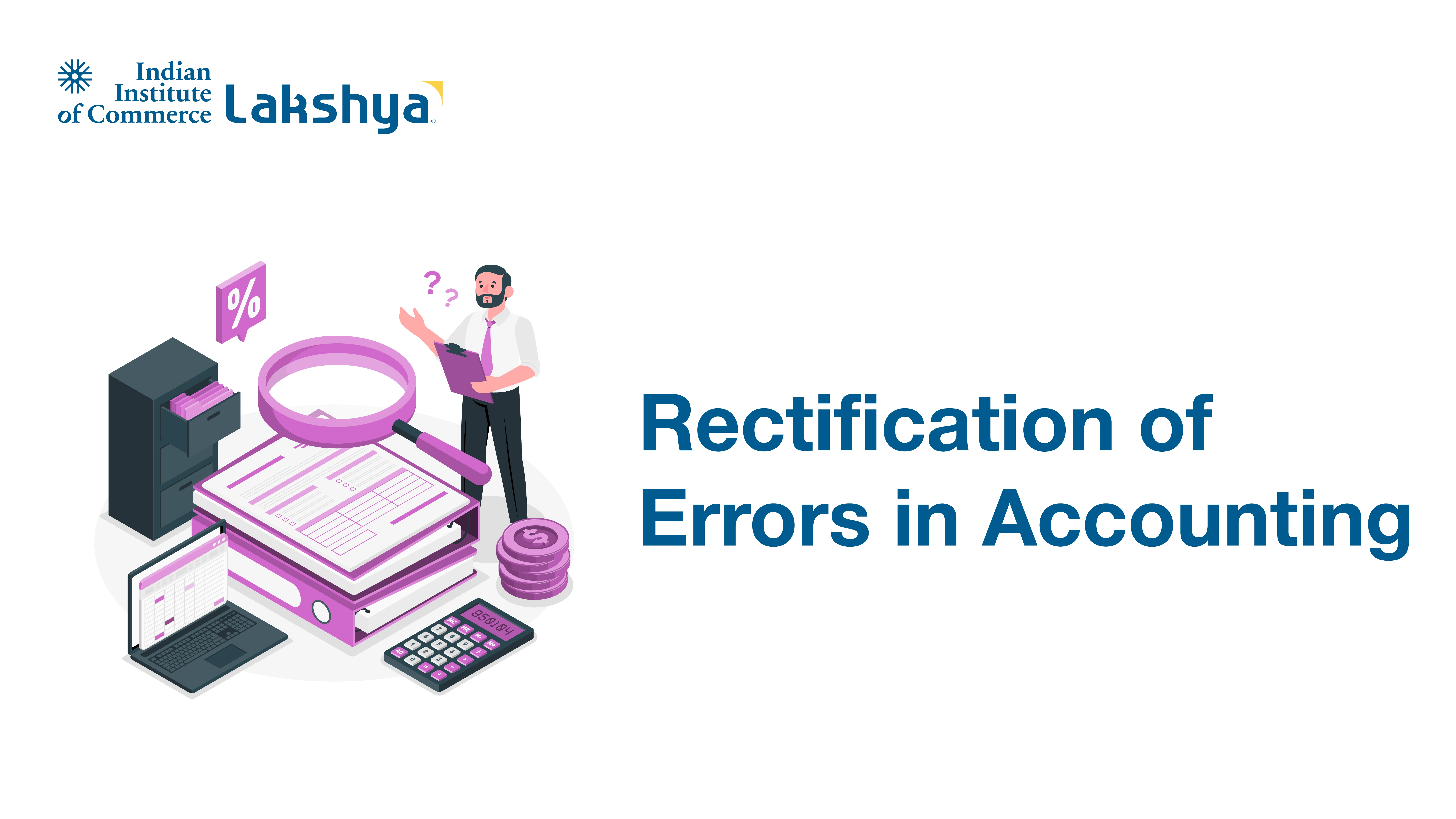
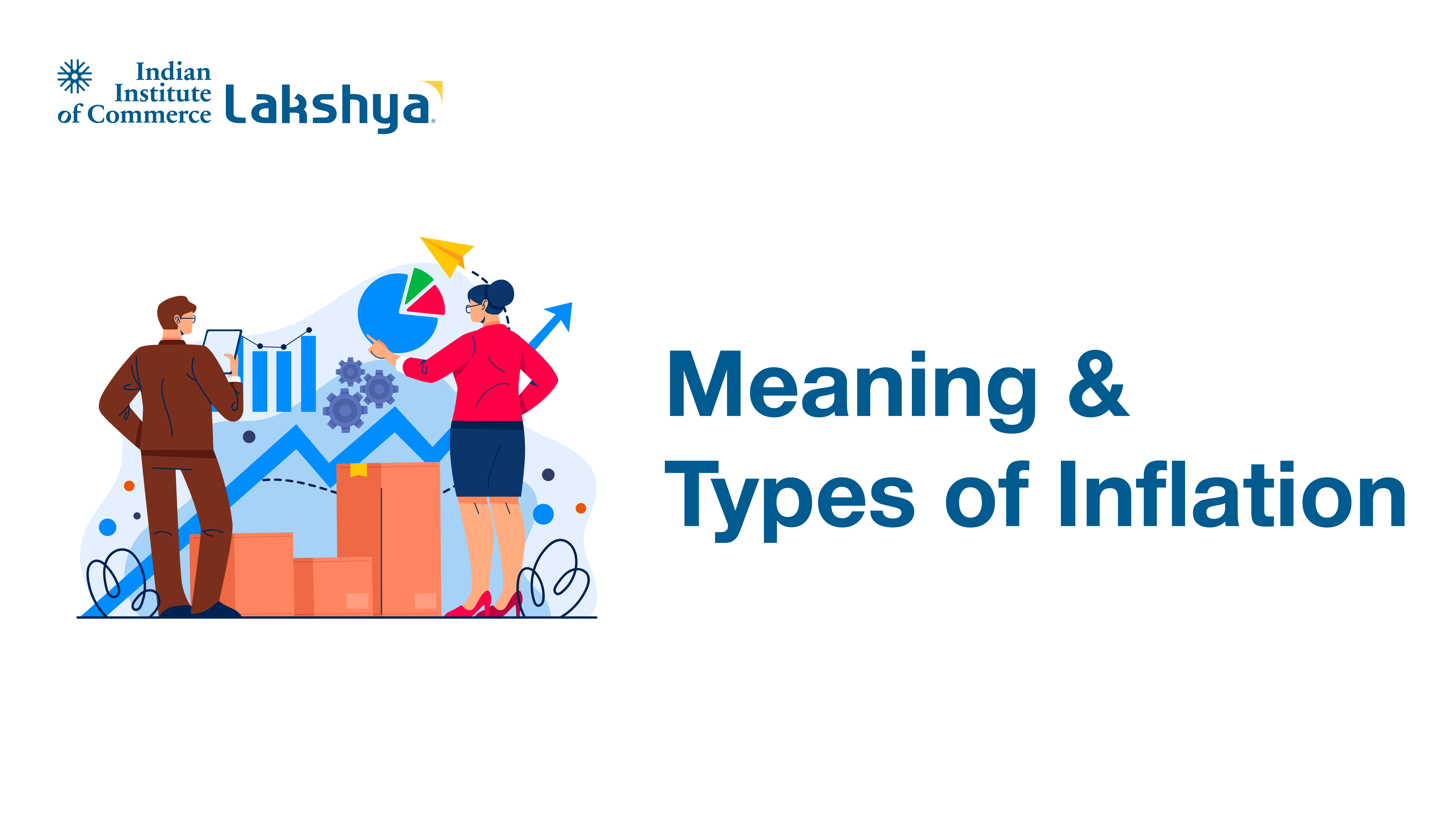

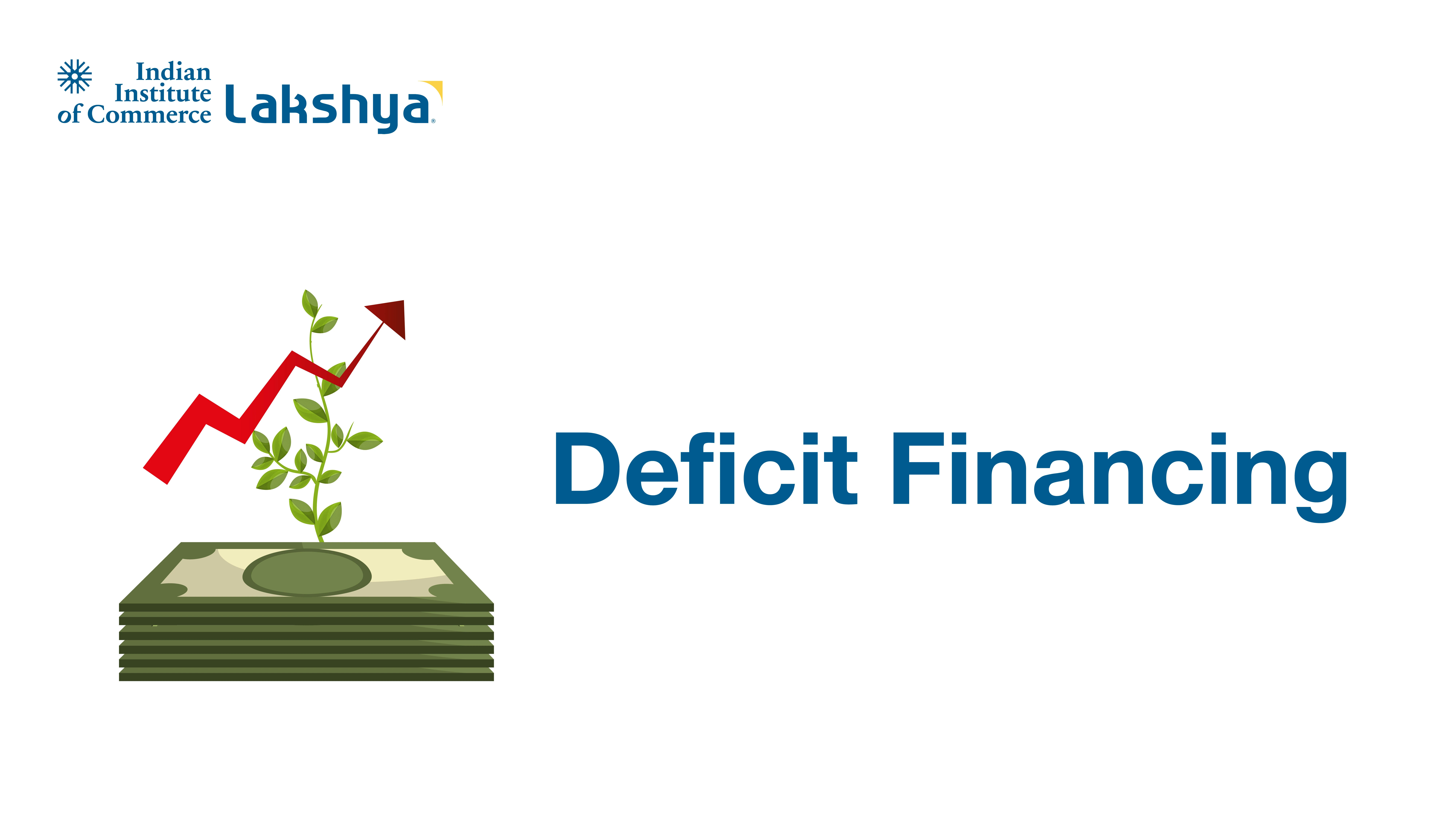

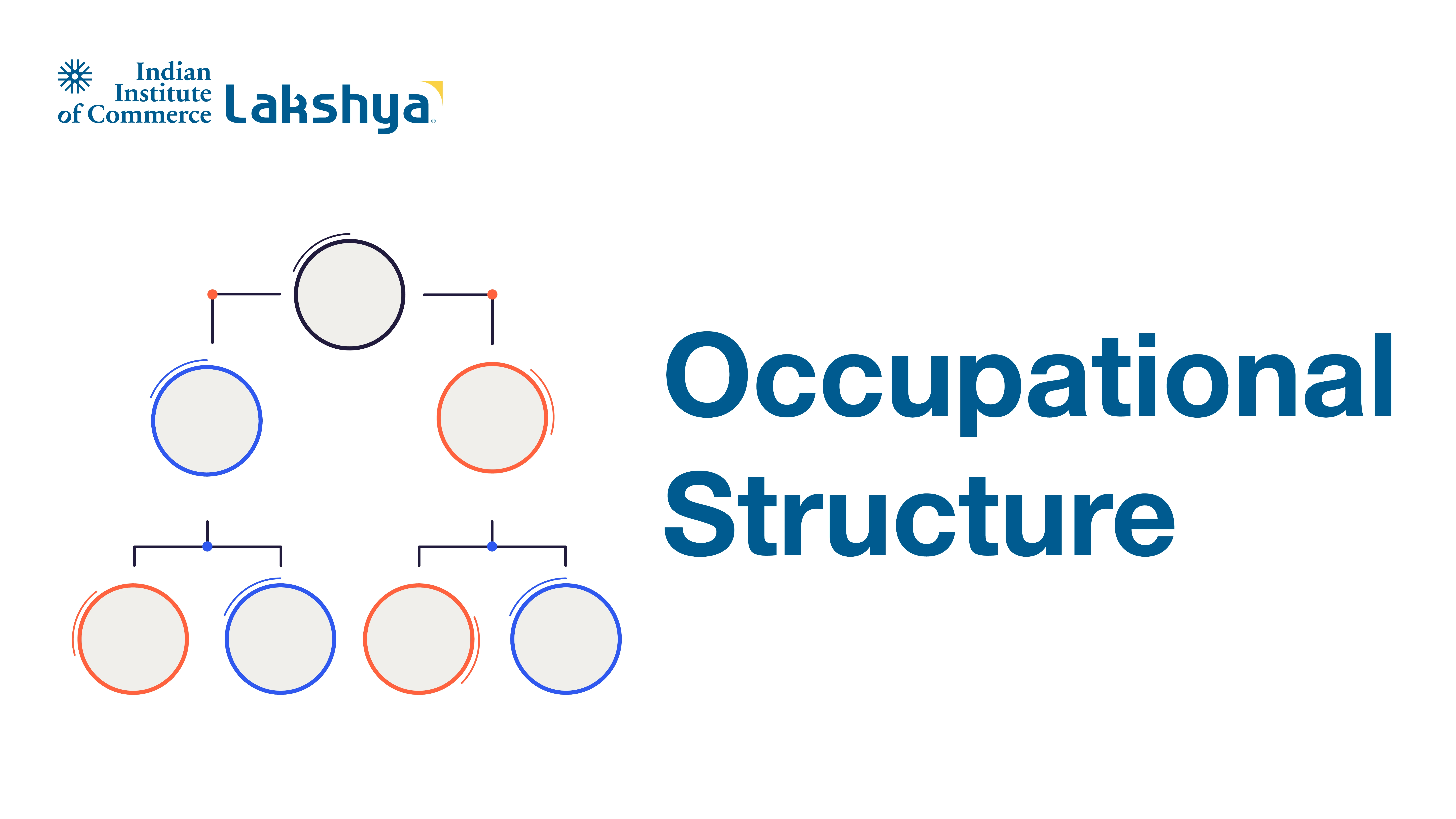
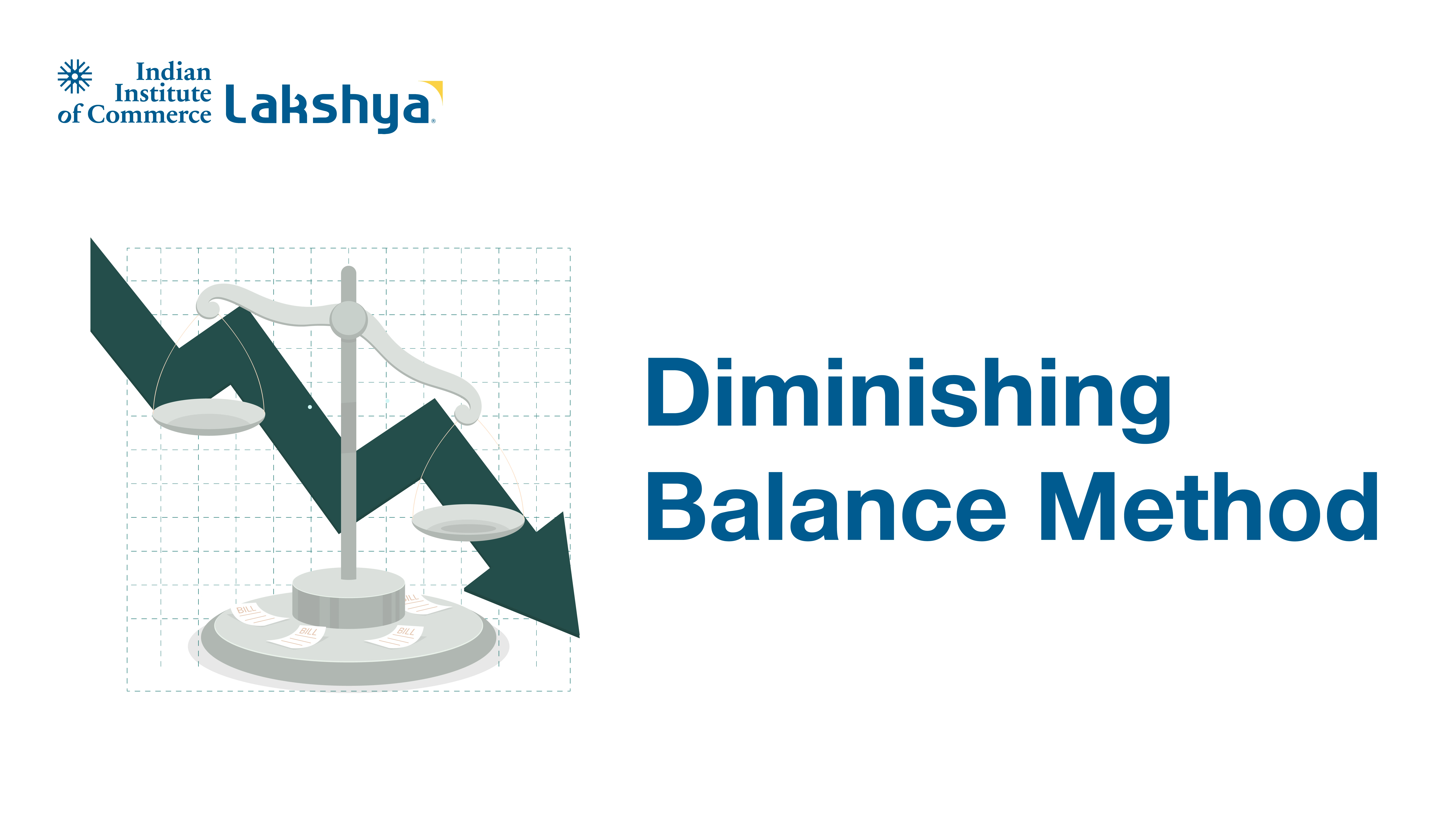


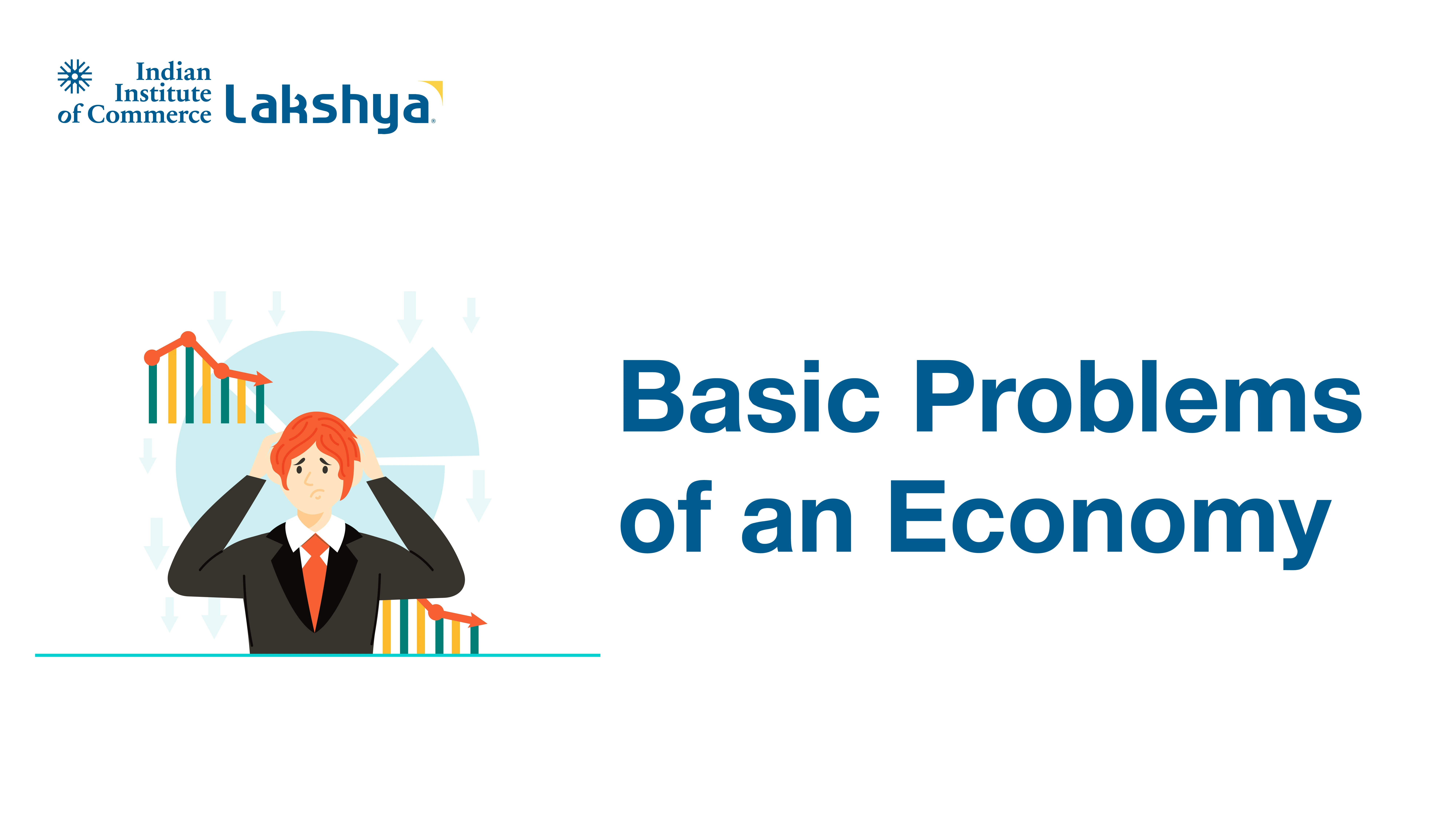
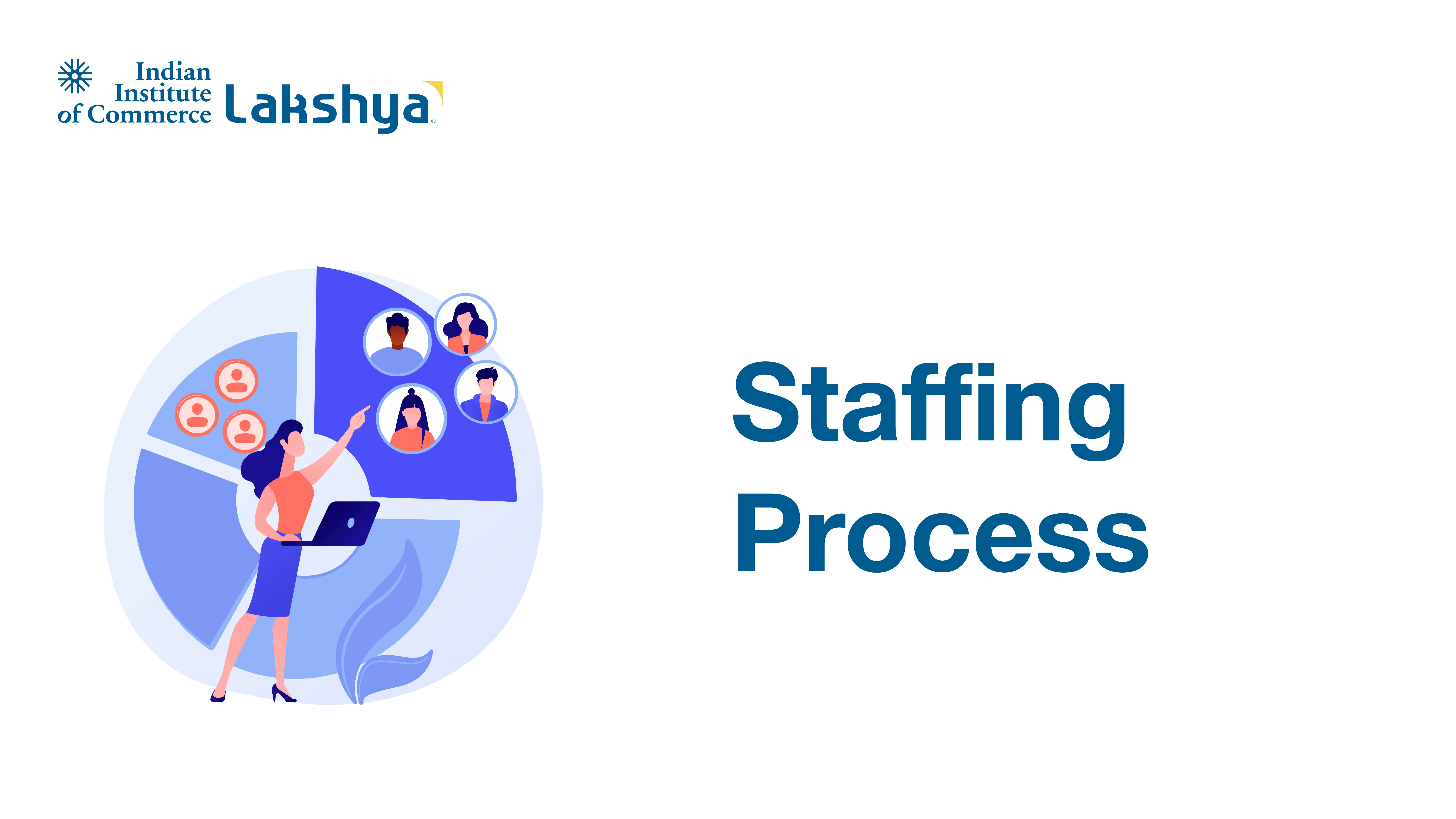











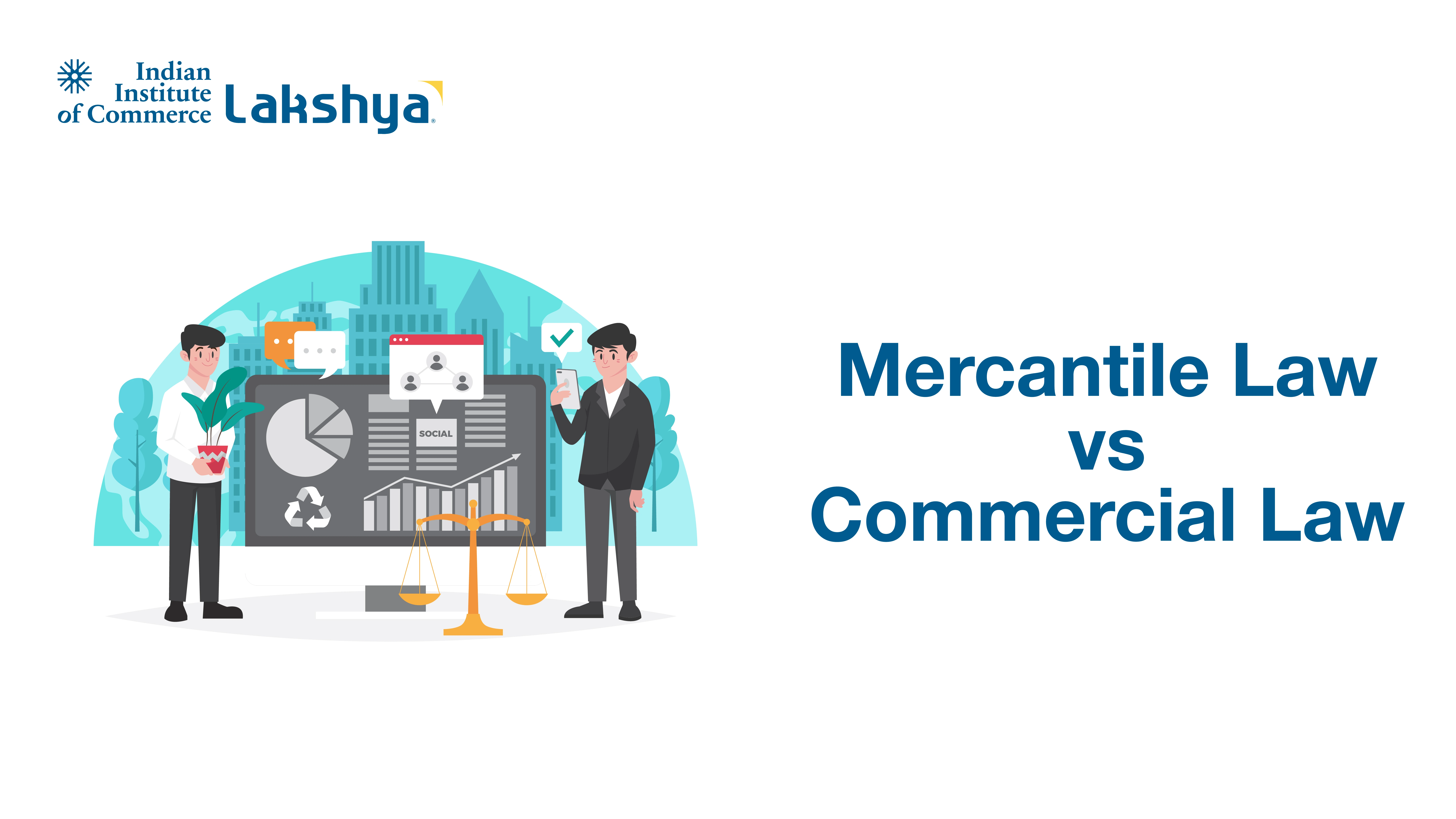






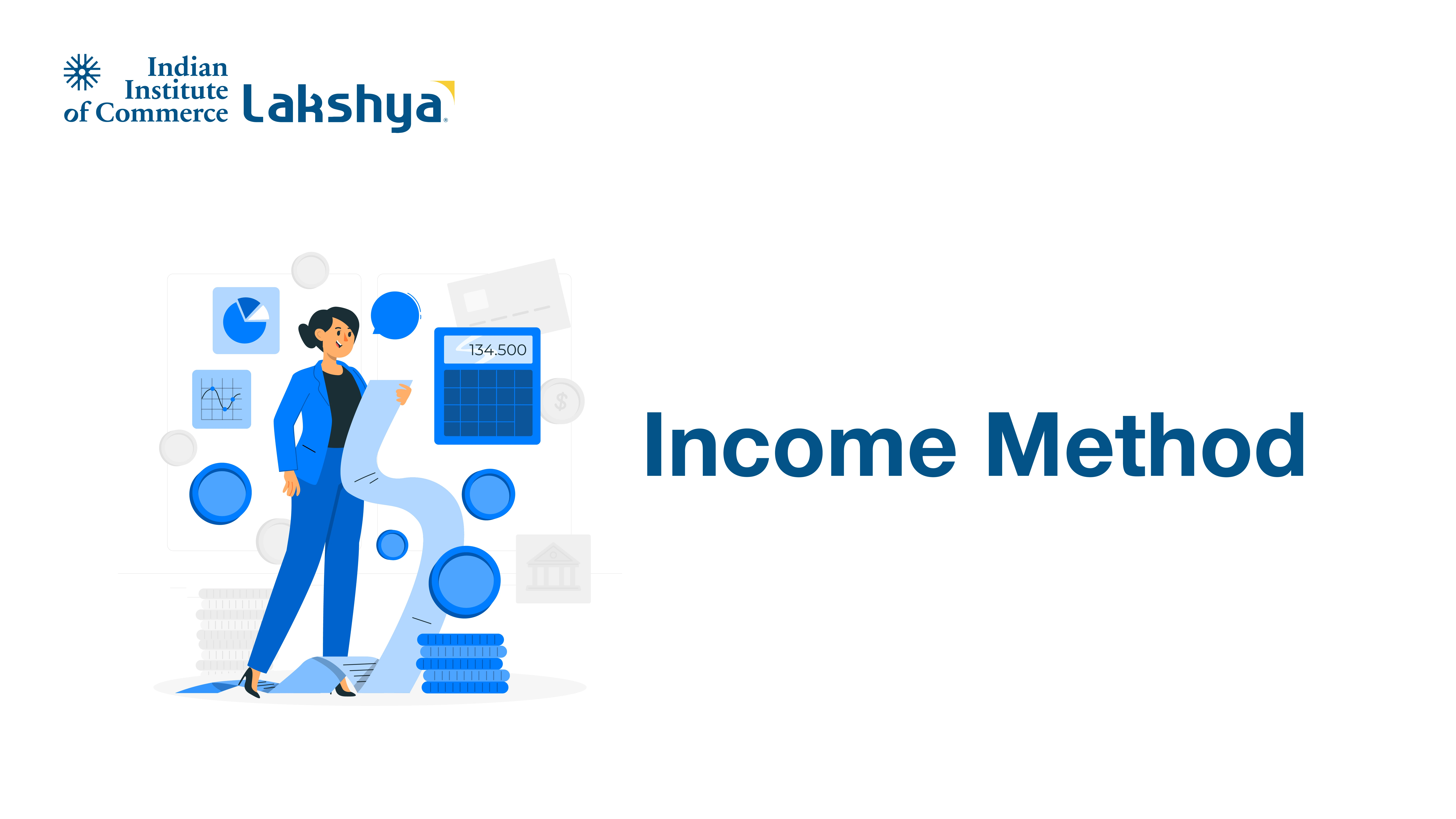





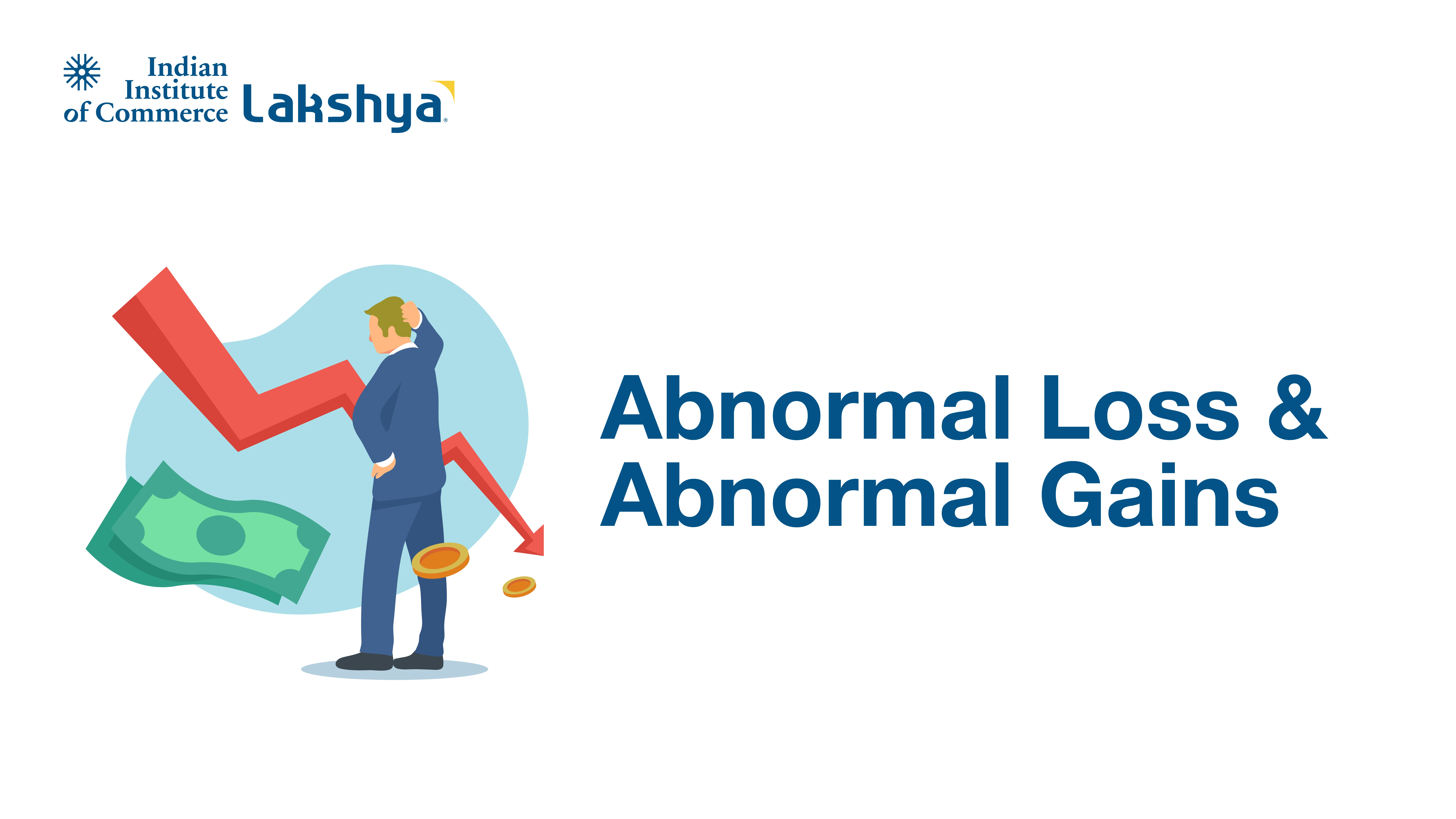
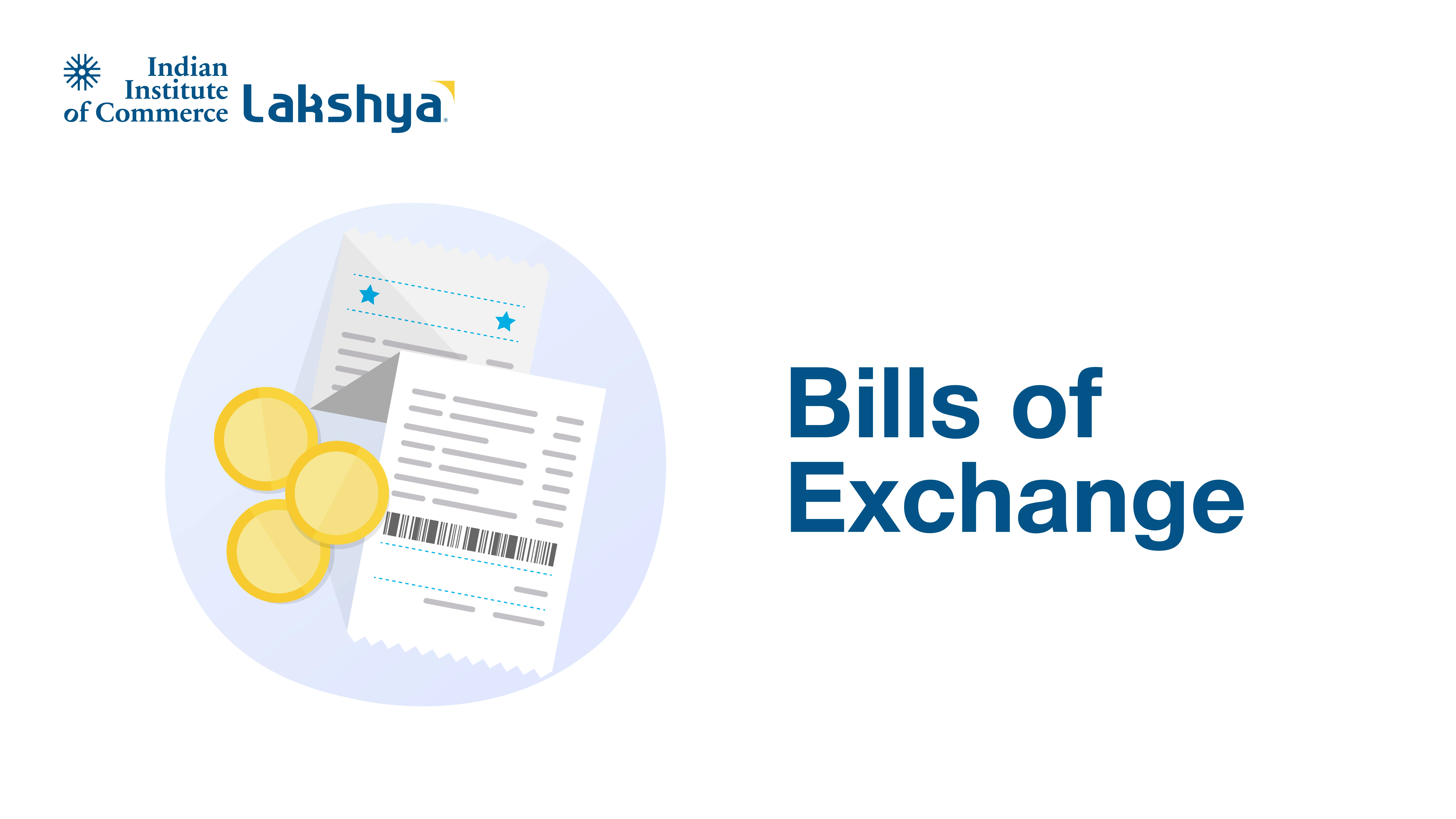

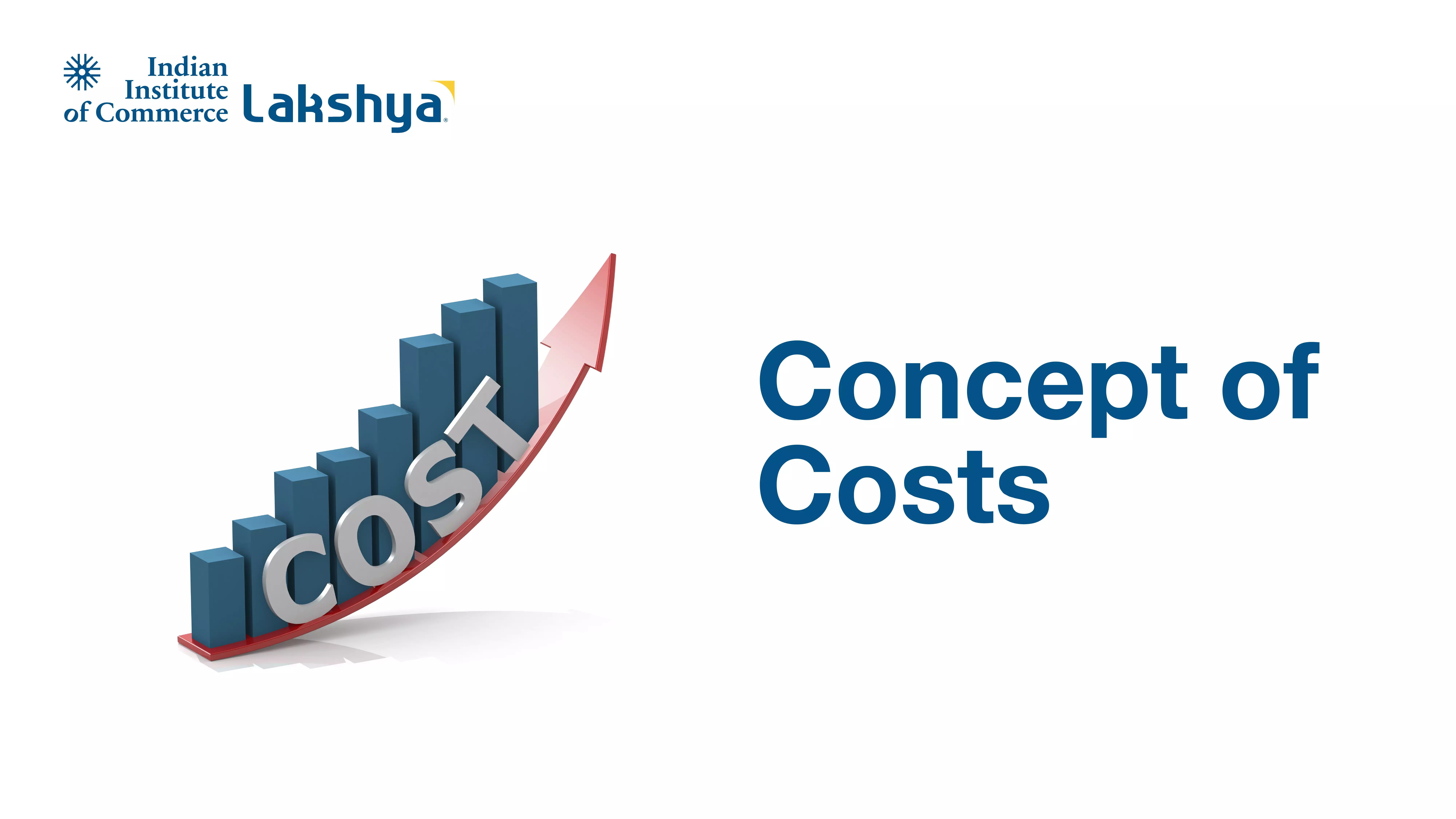












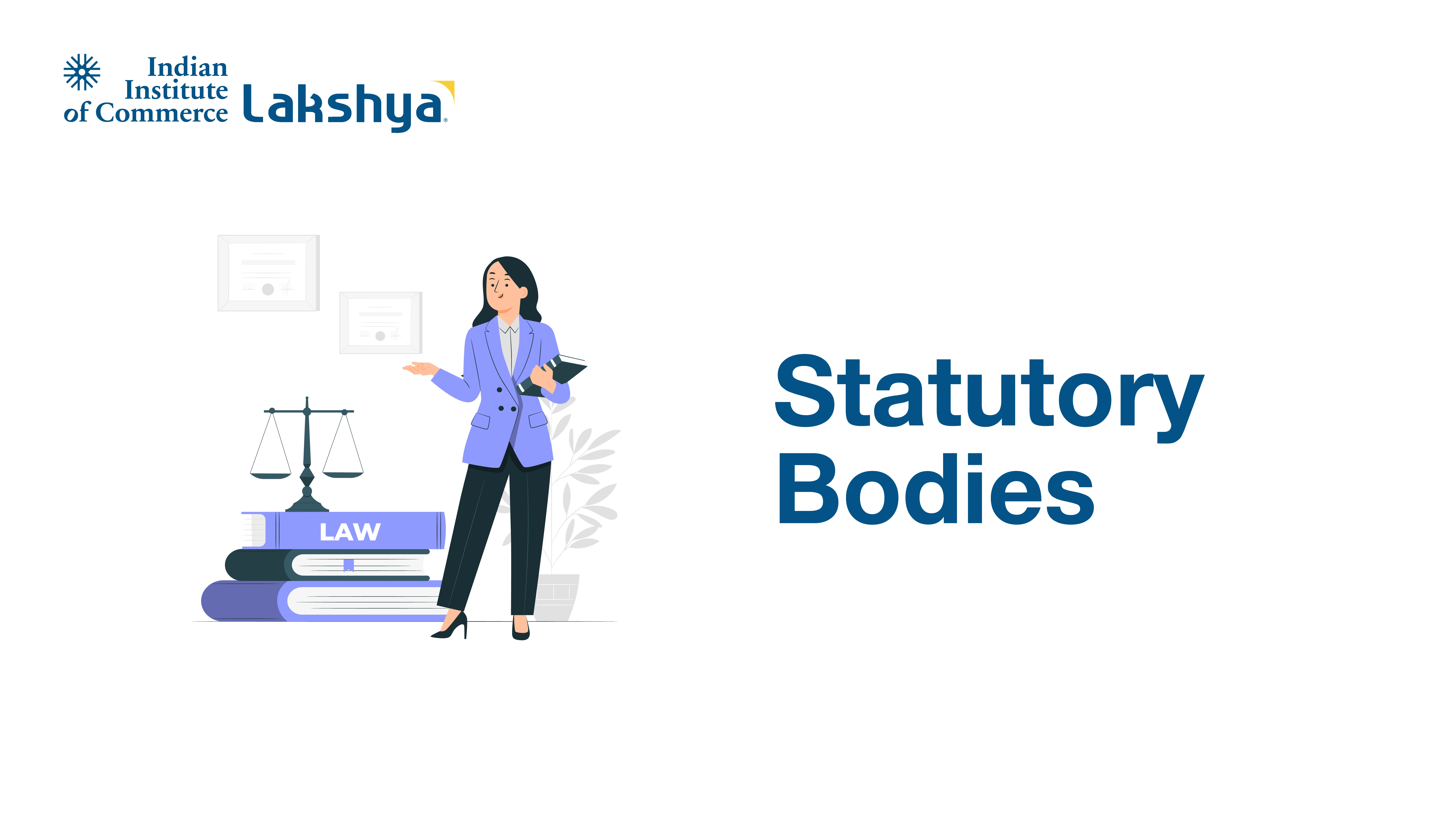





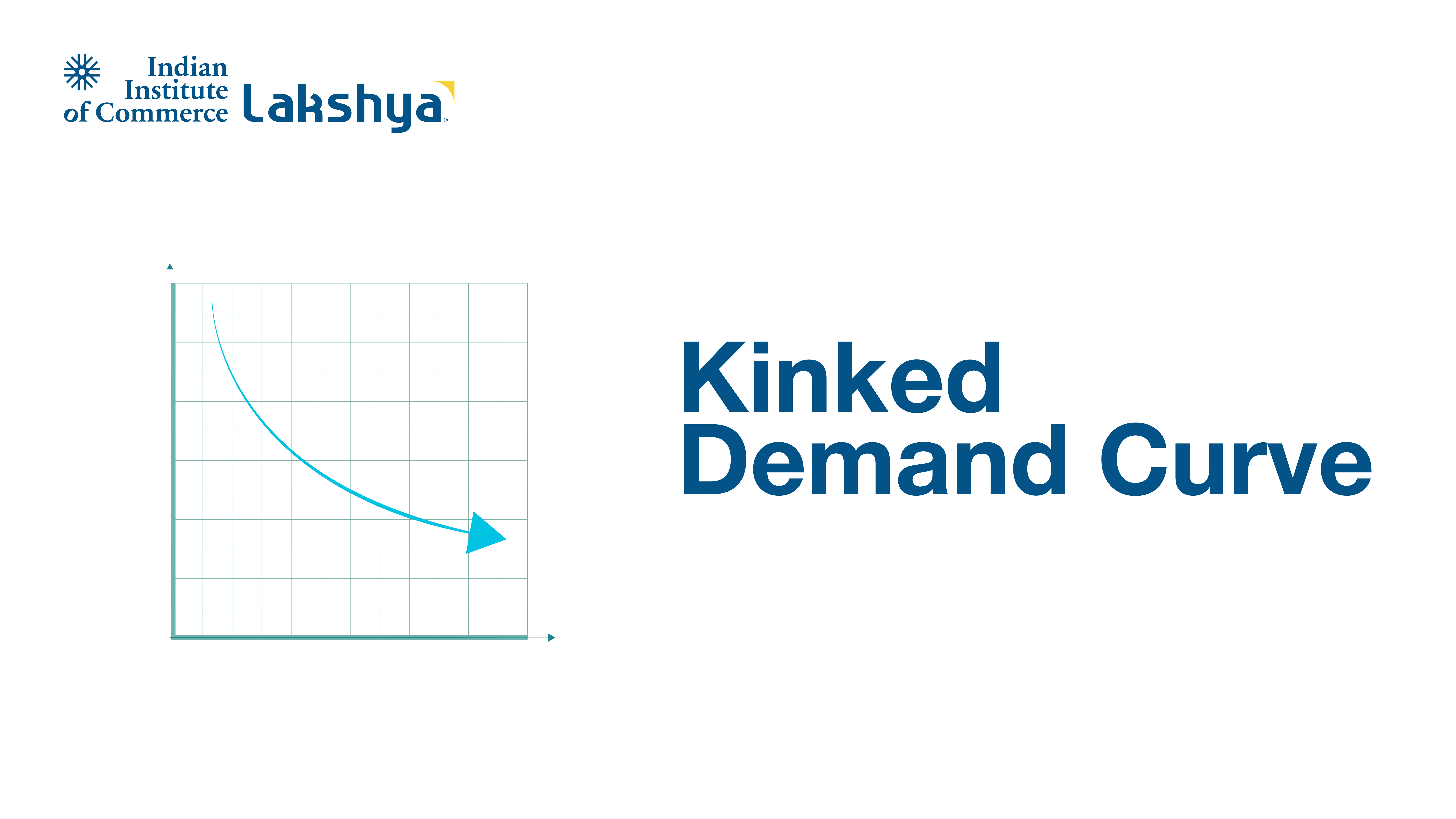
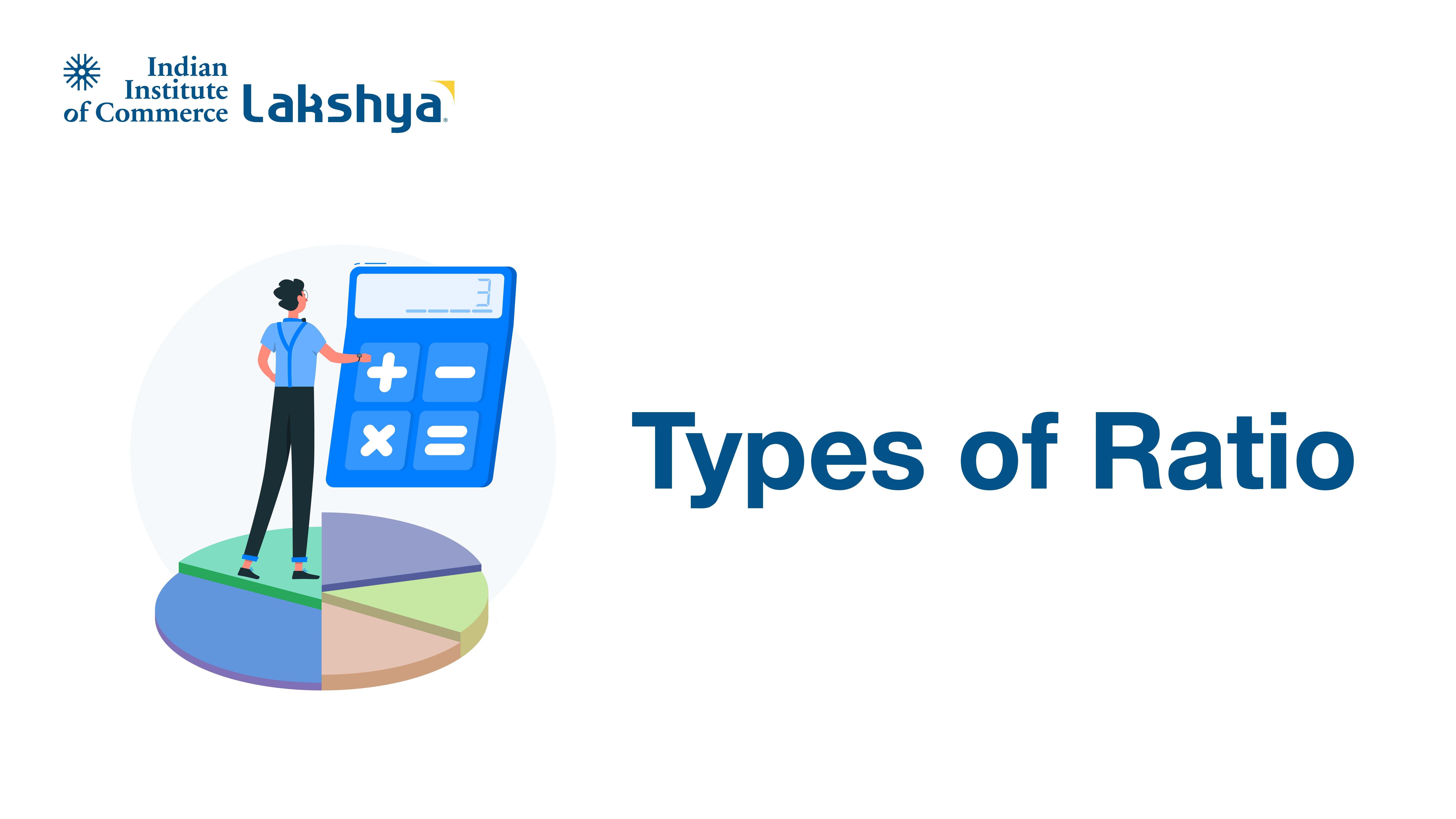





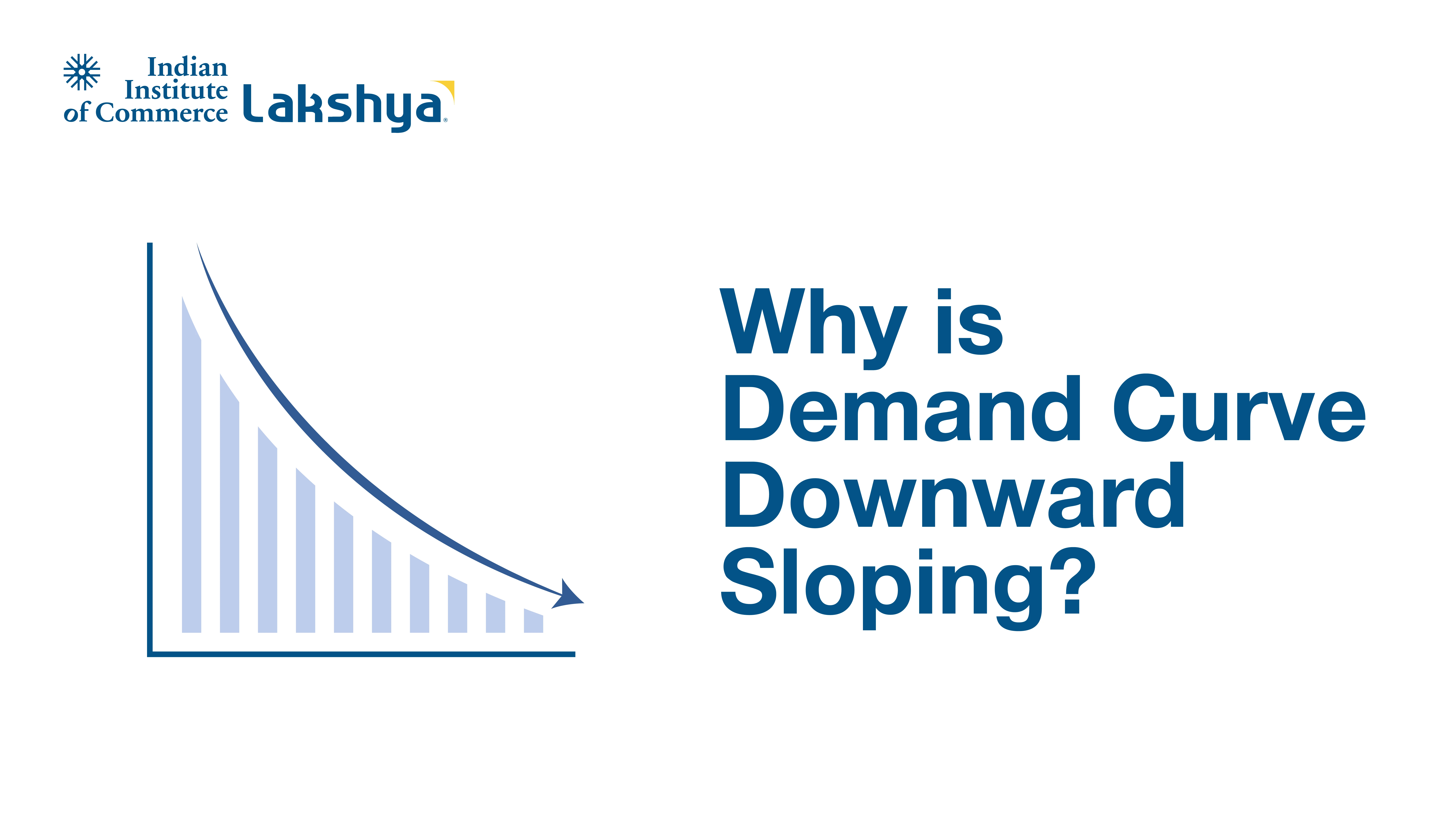


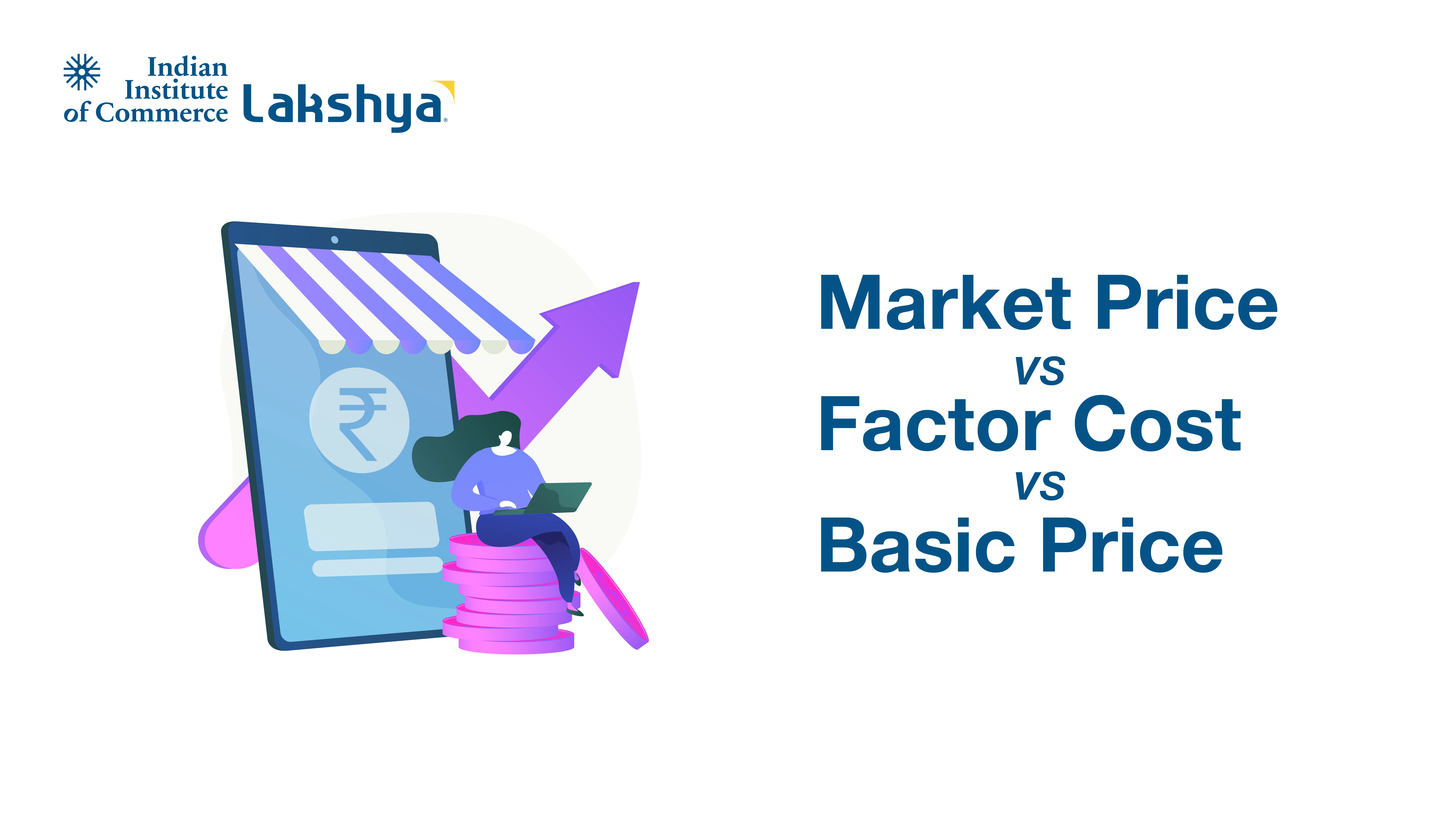




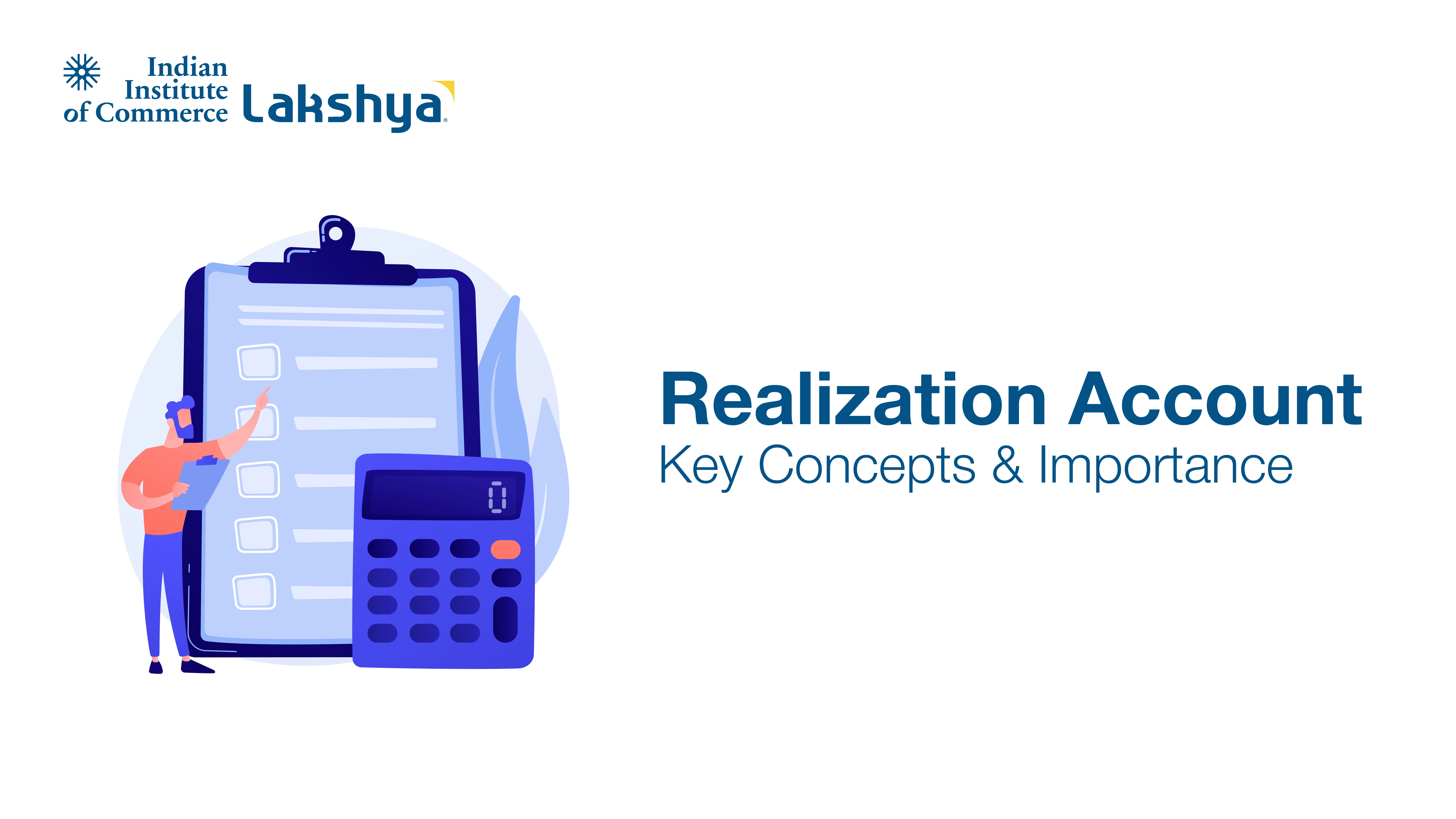
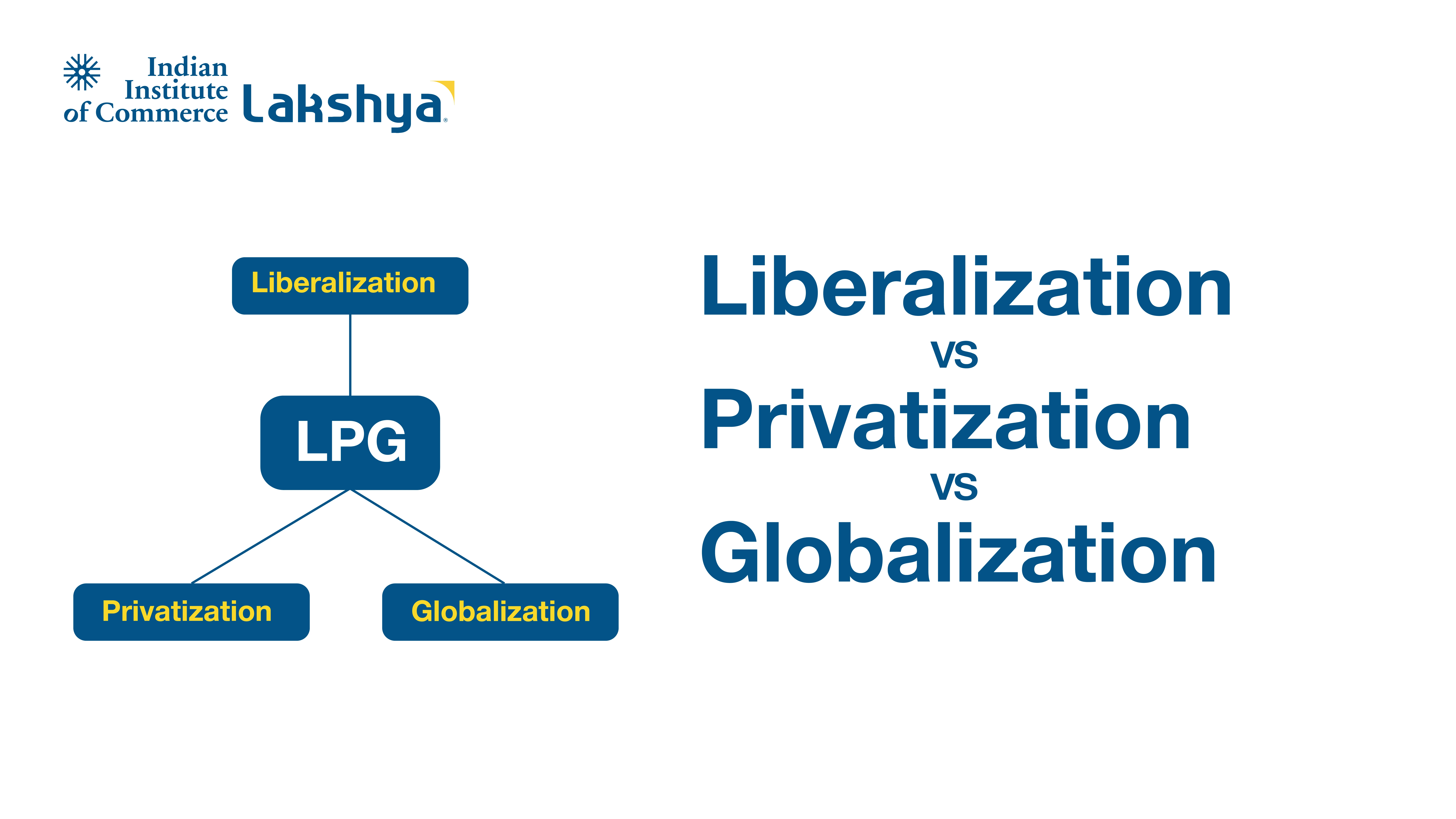


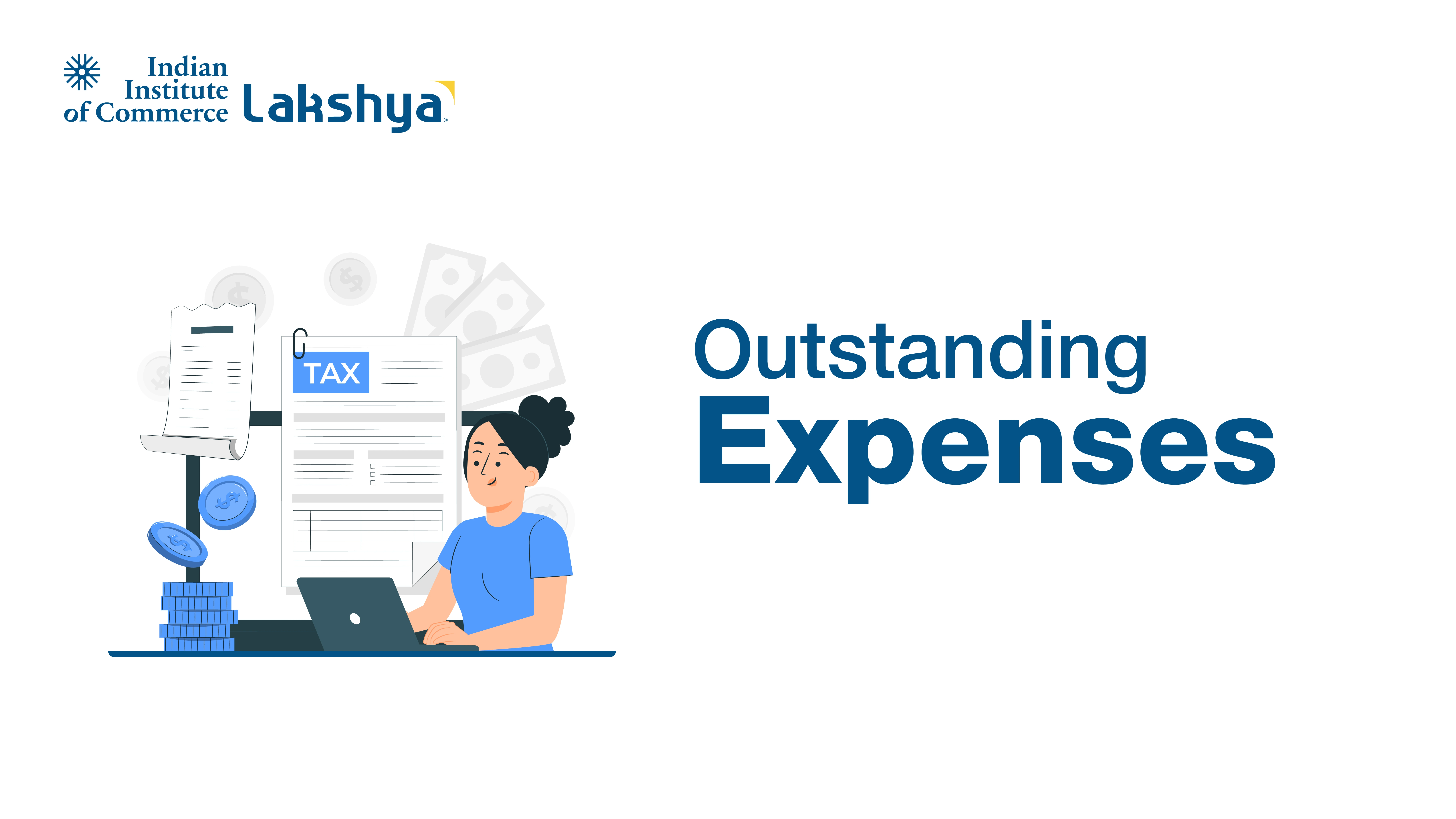






.webp)




